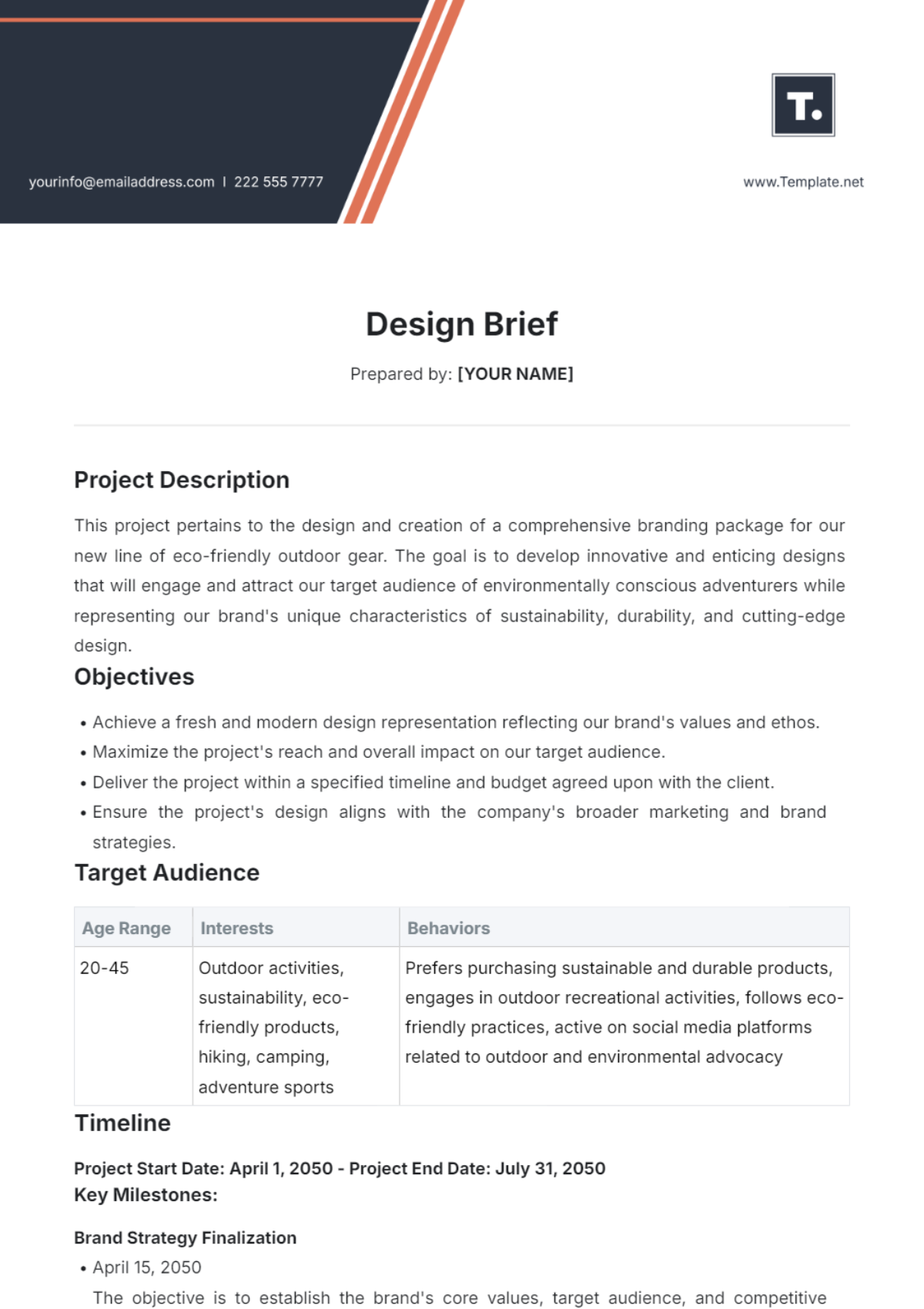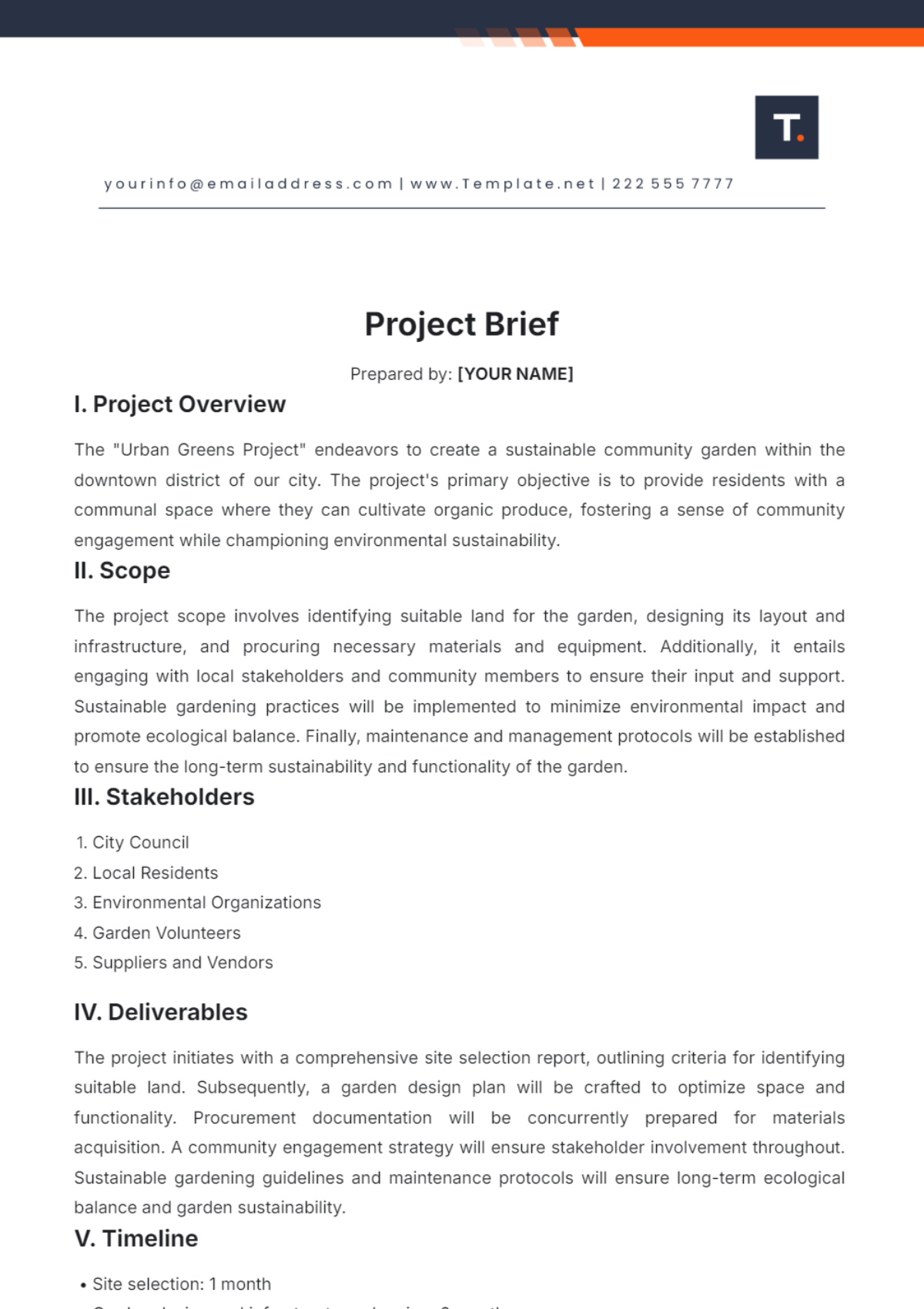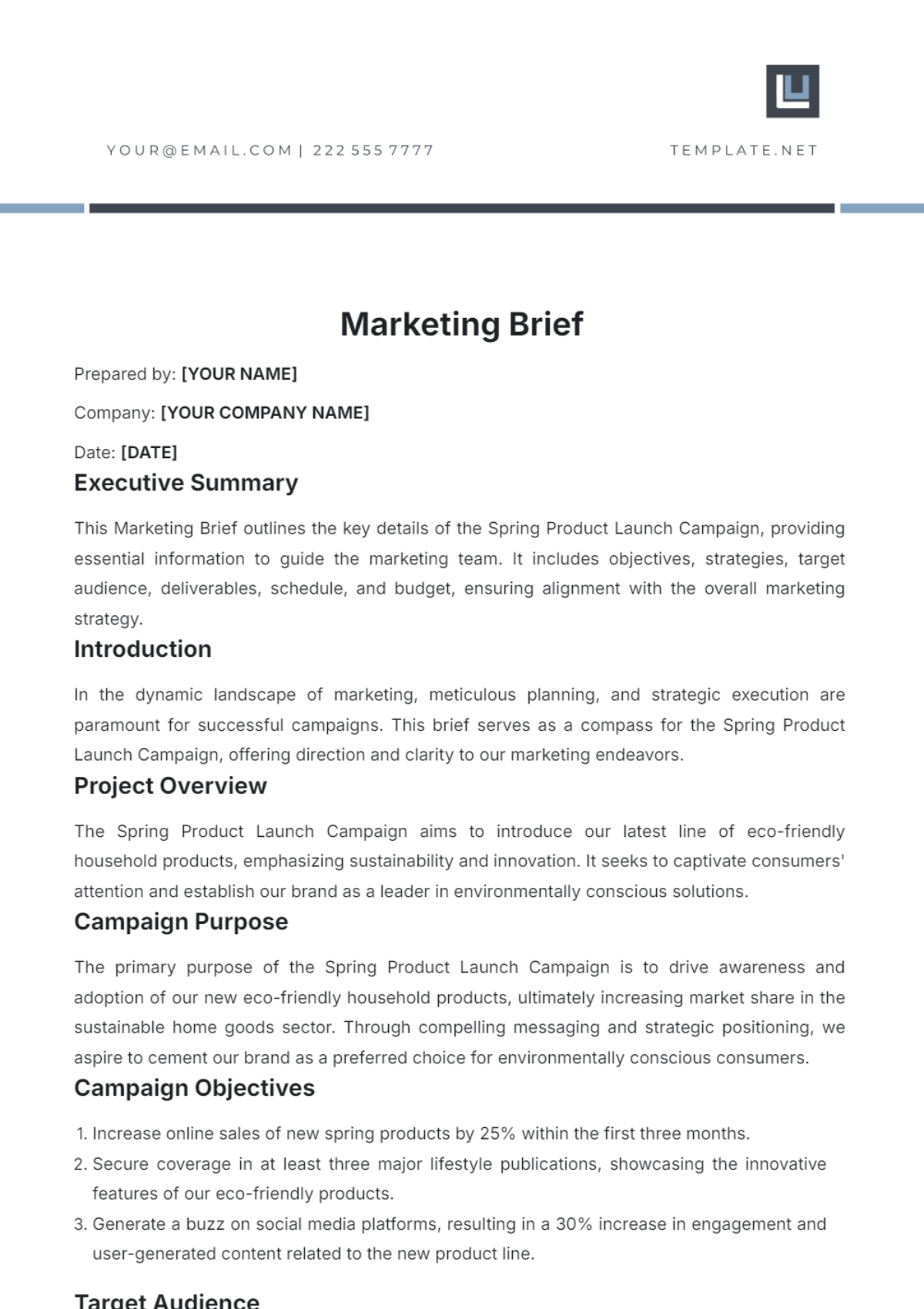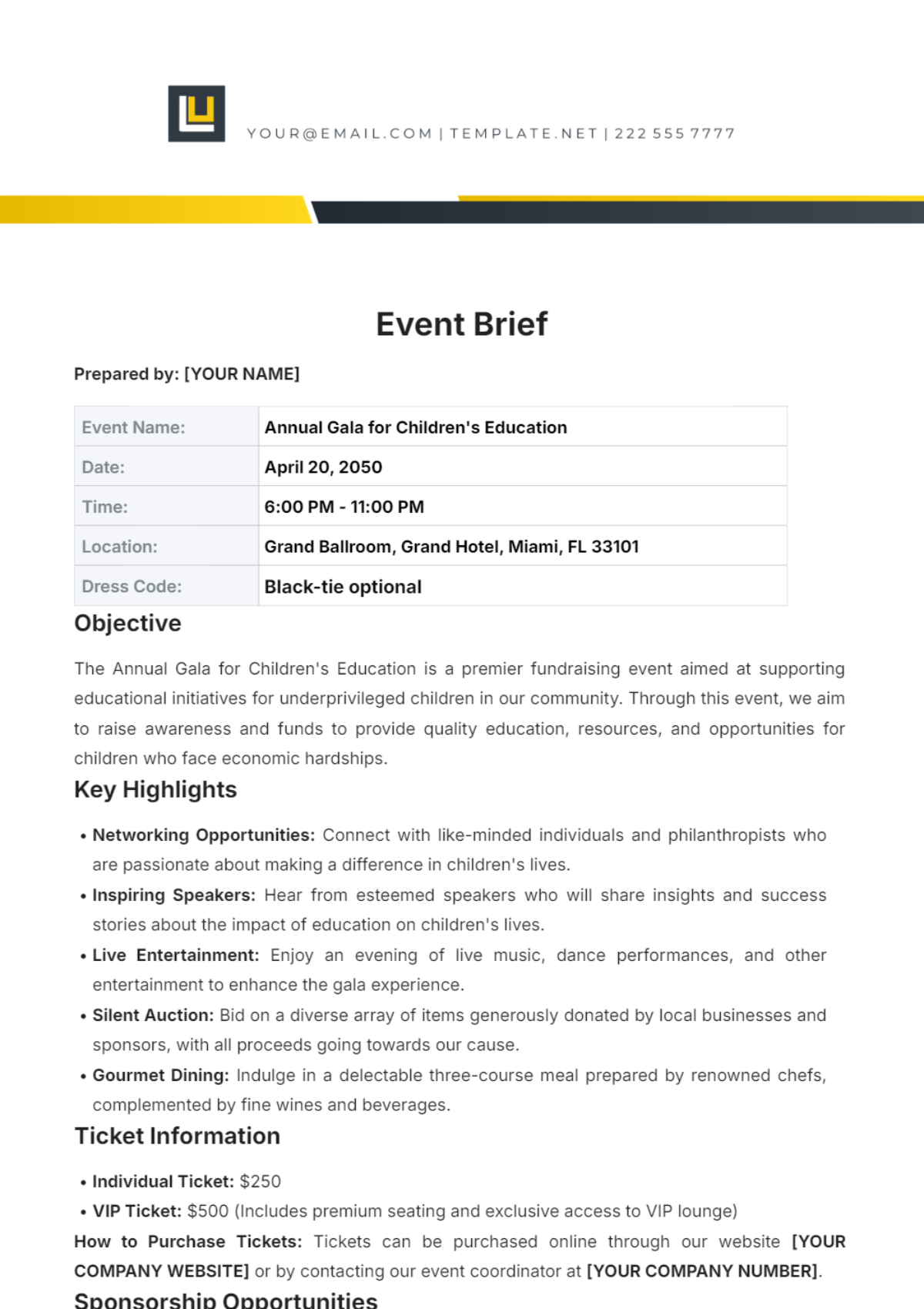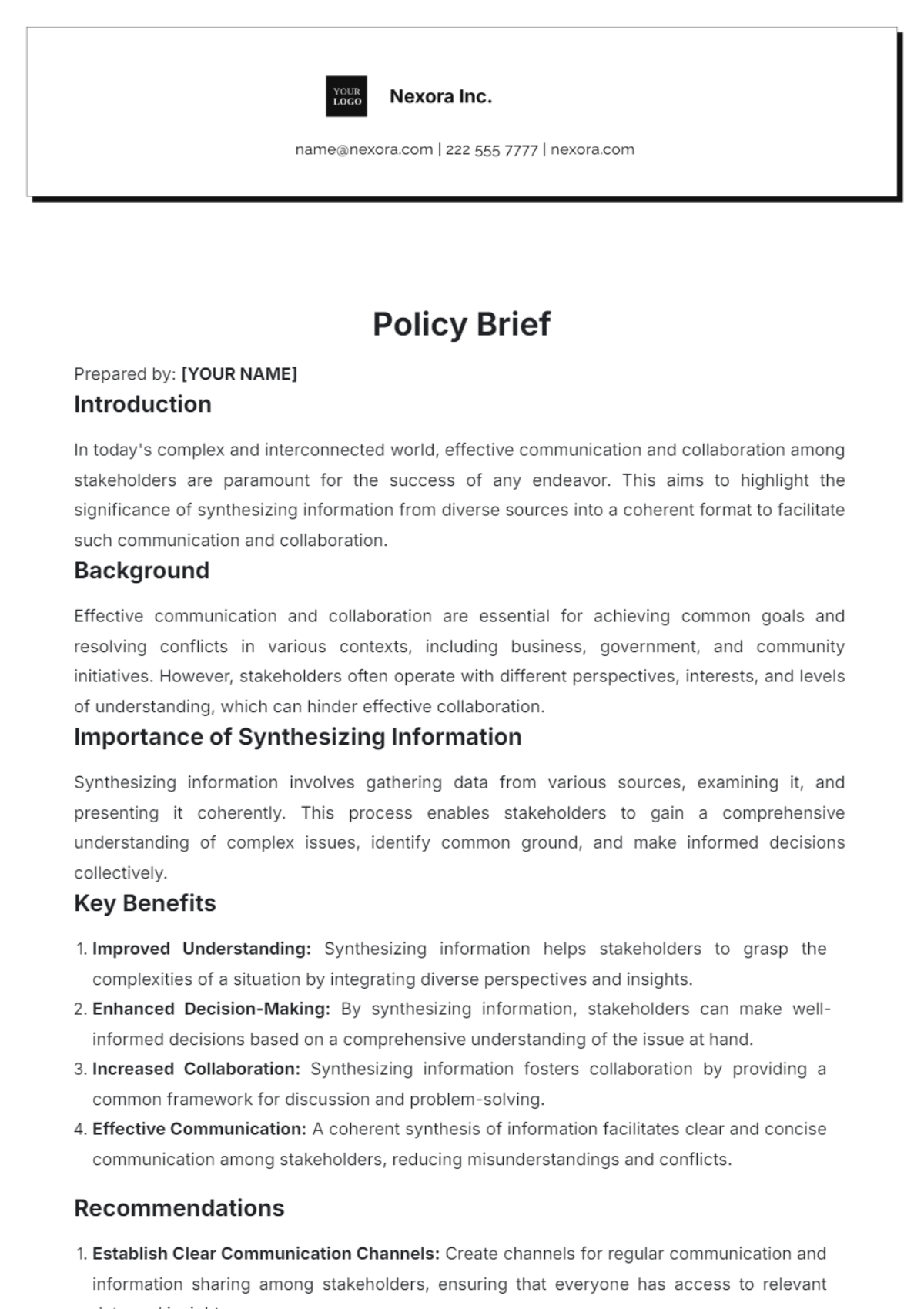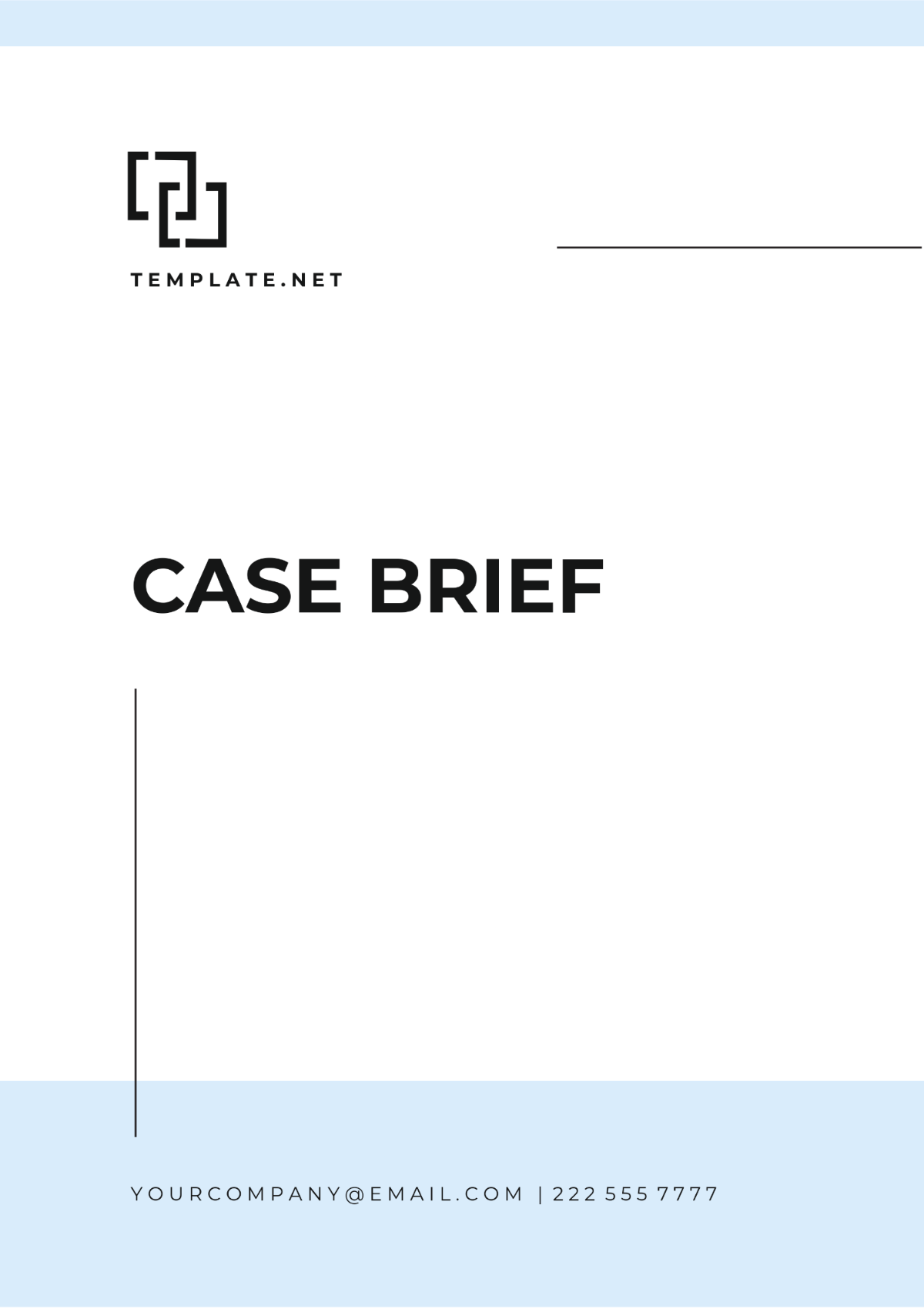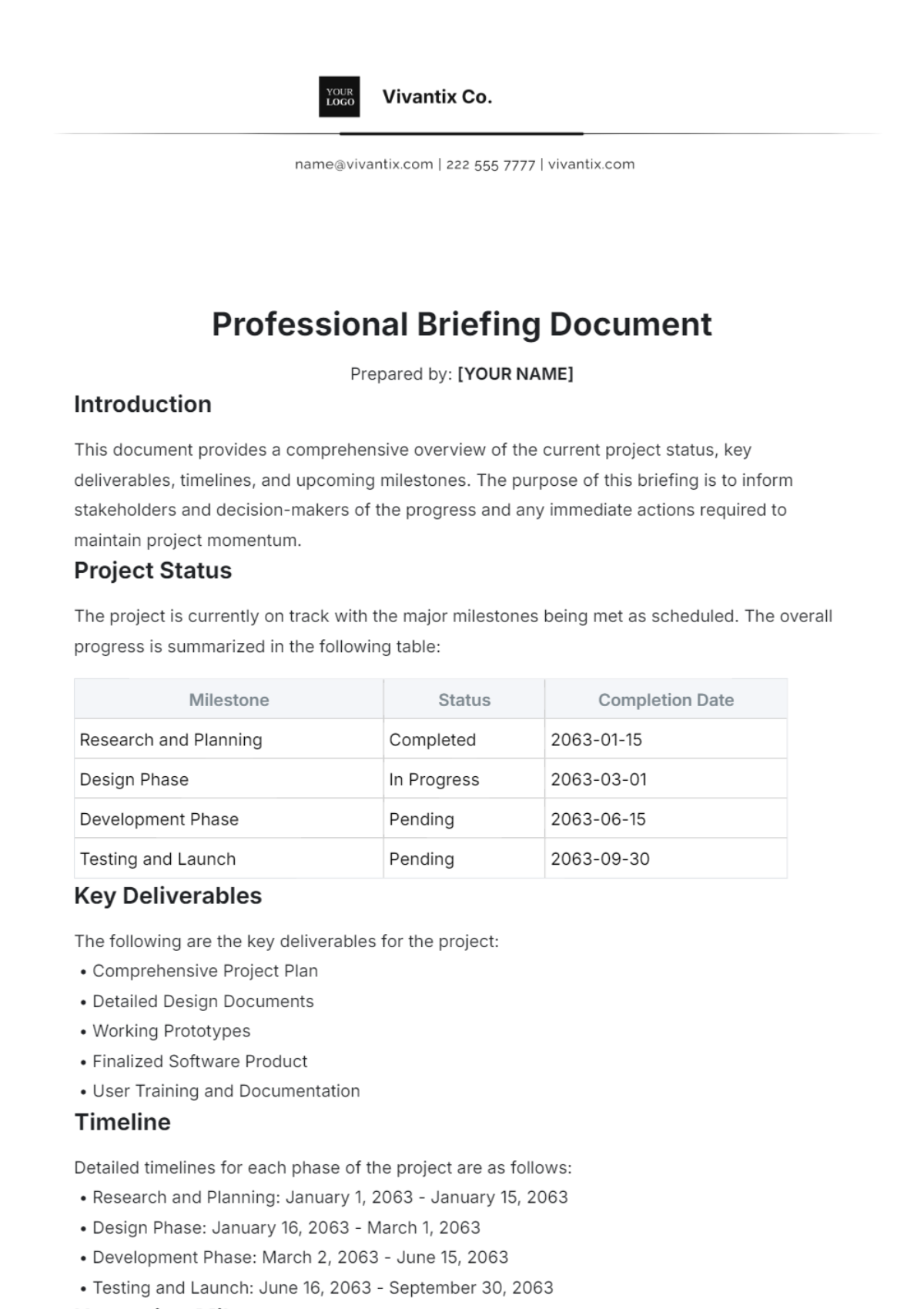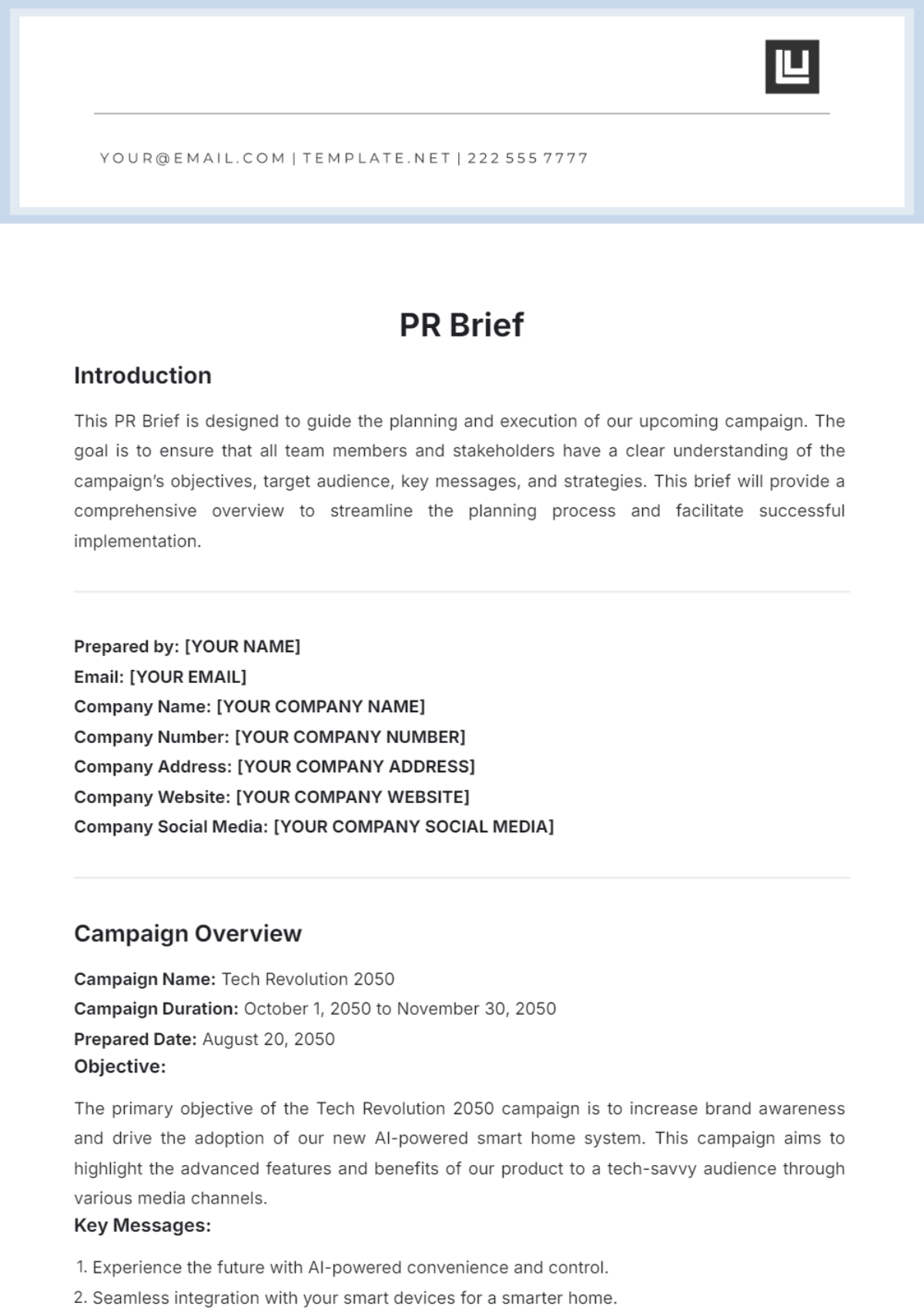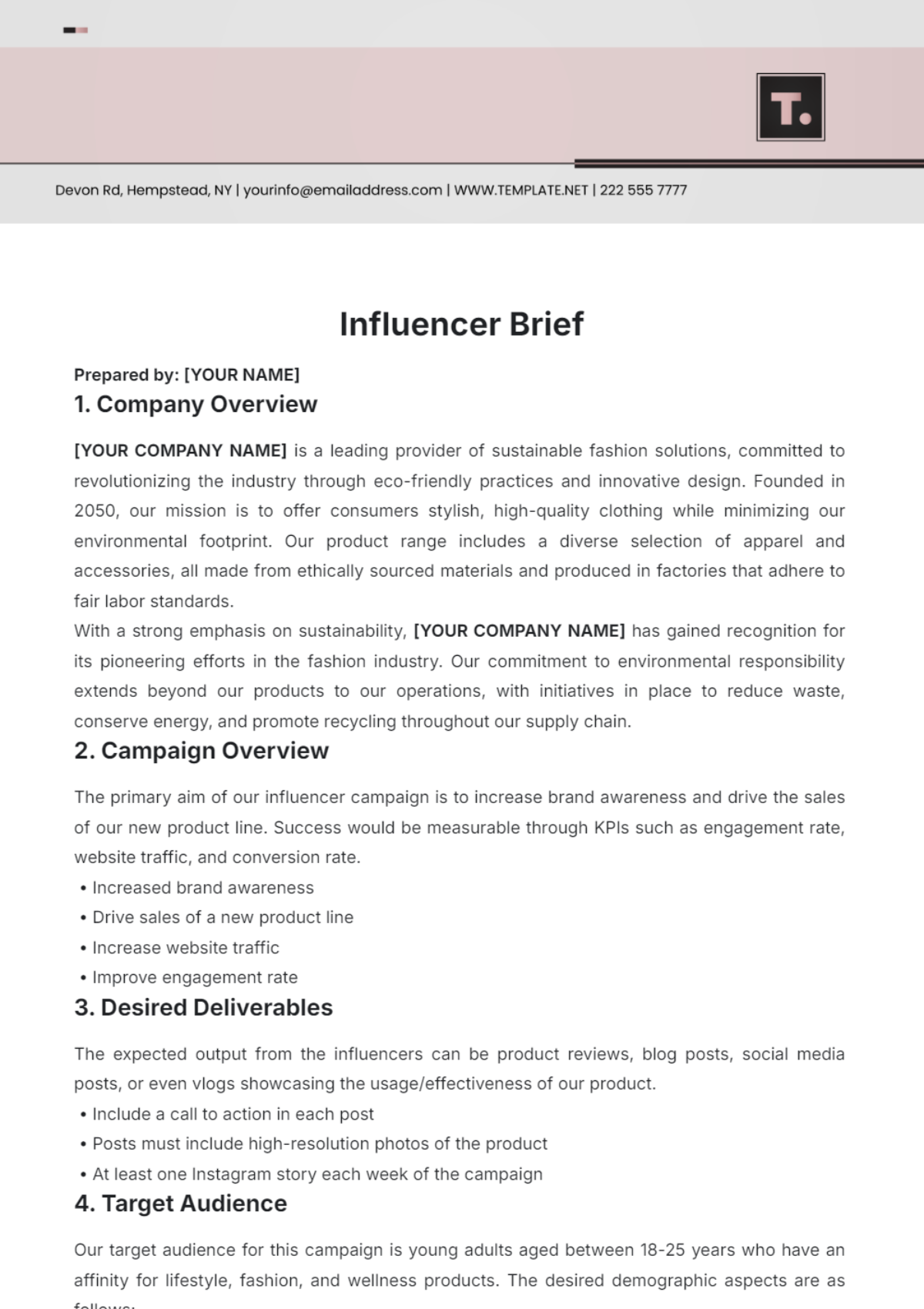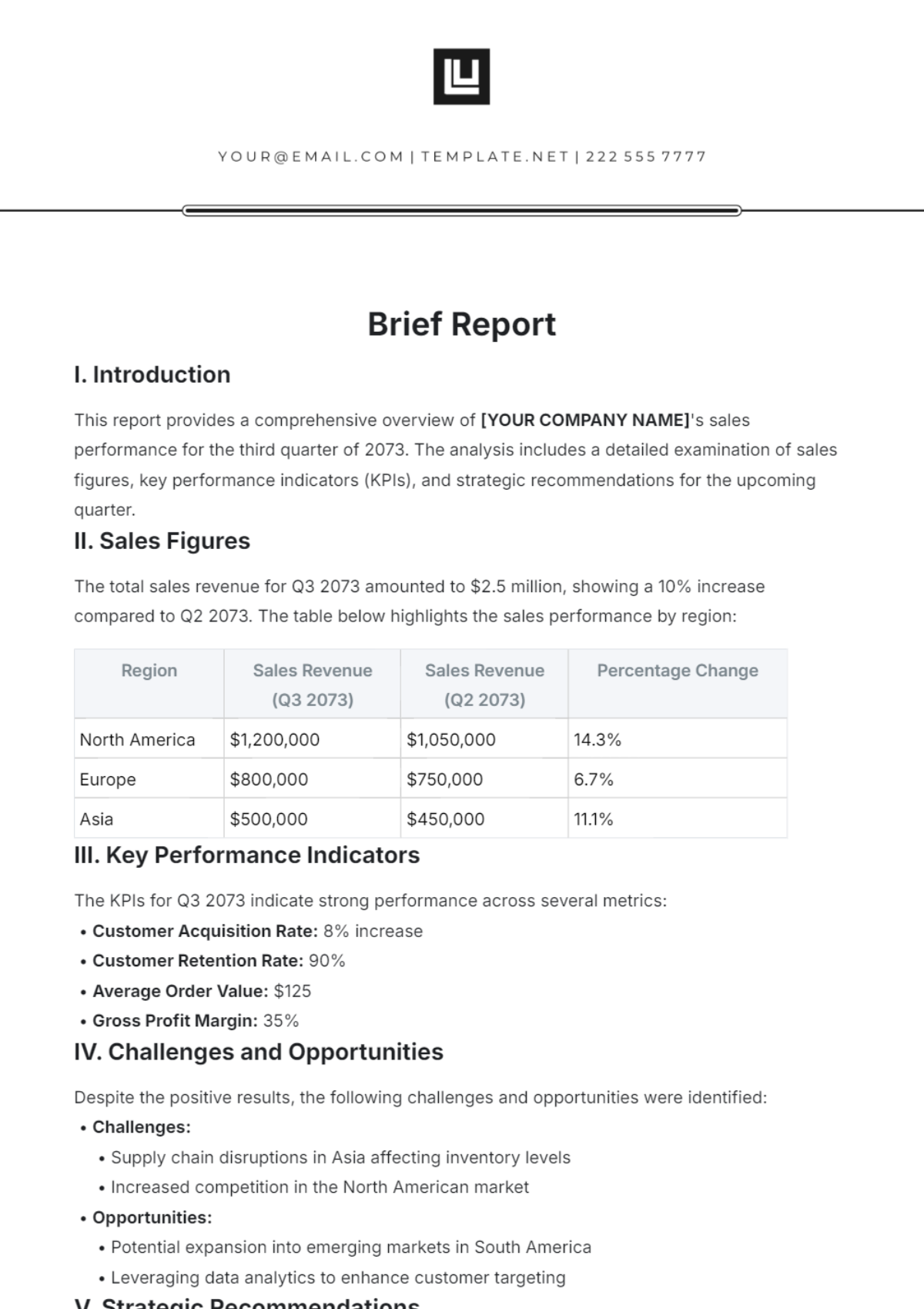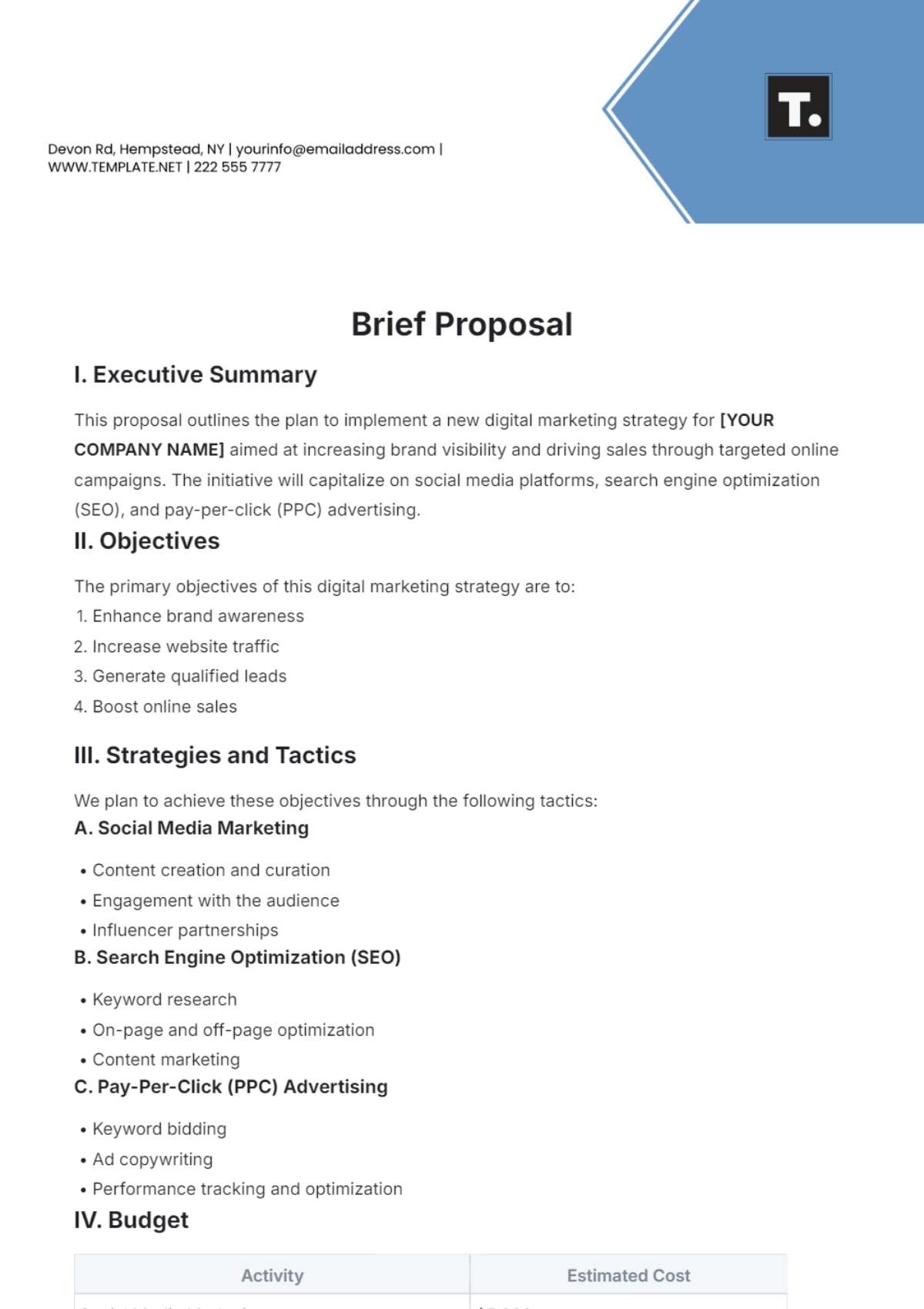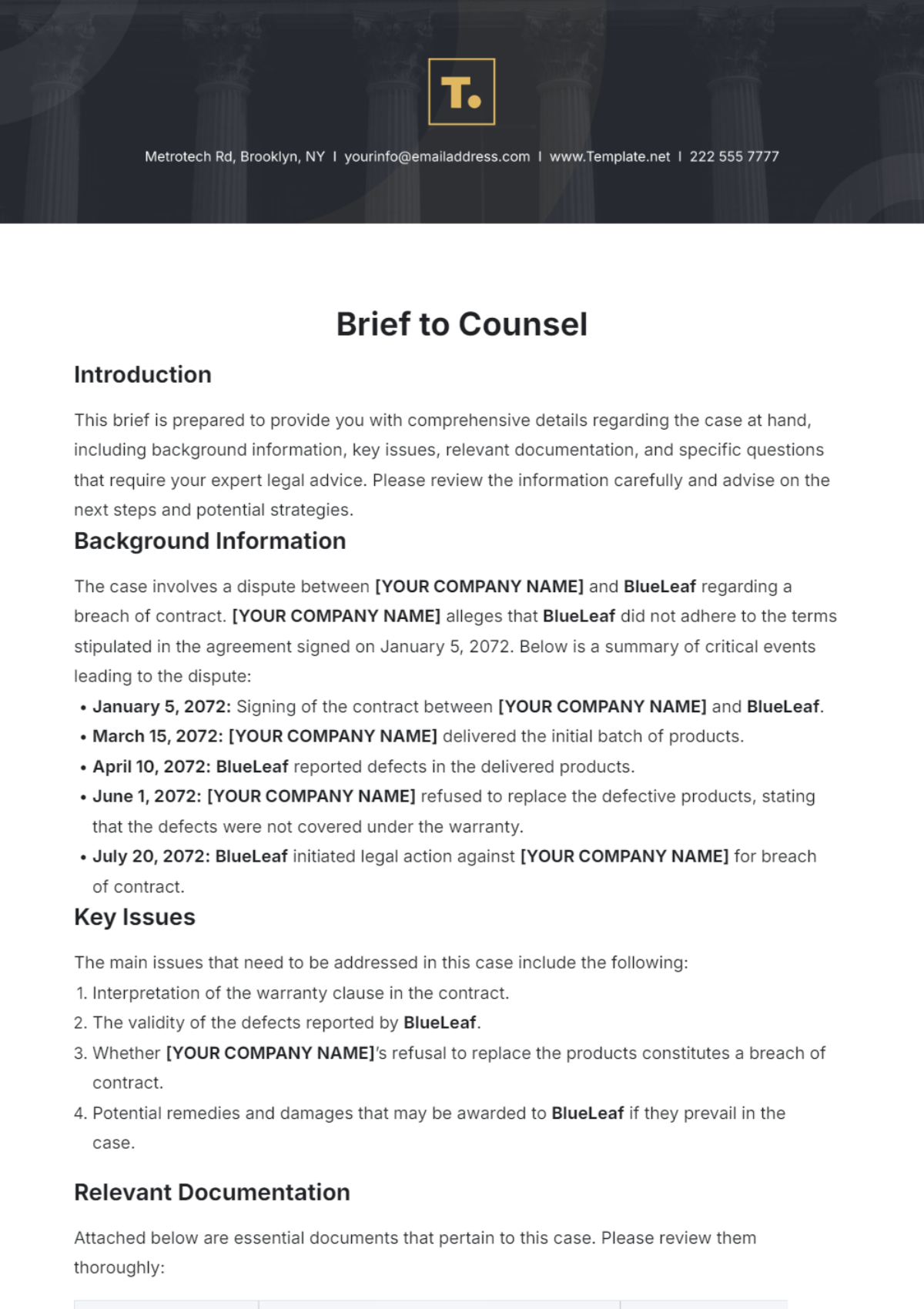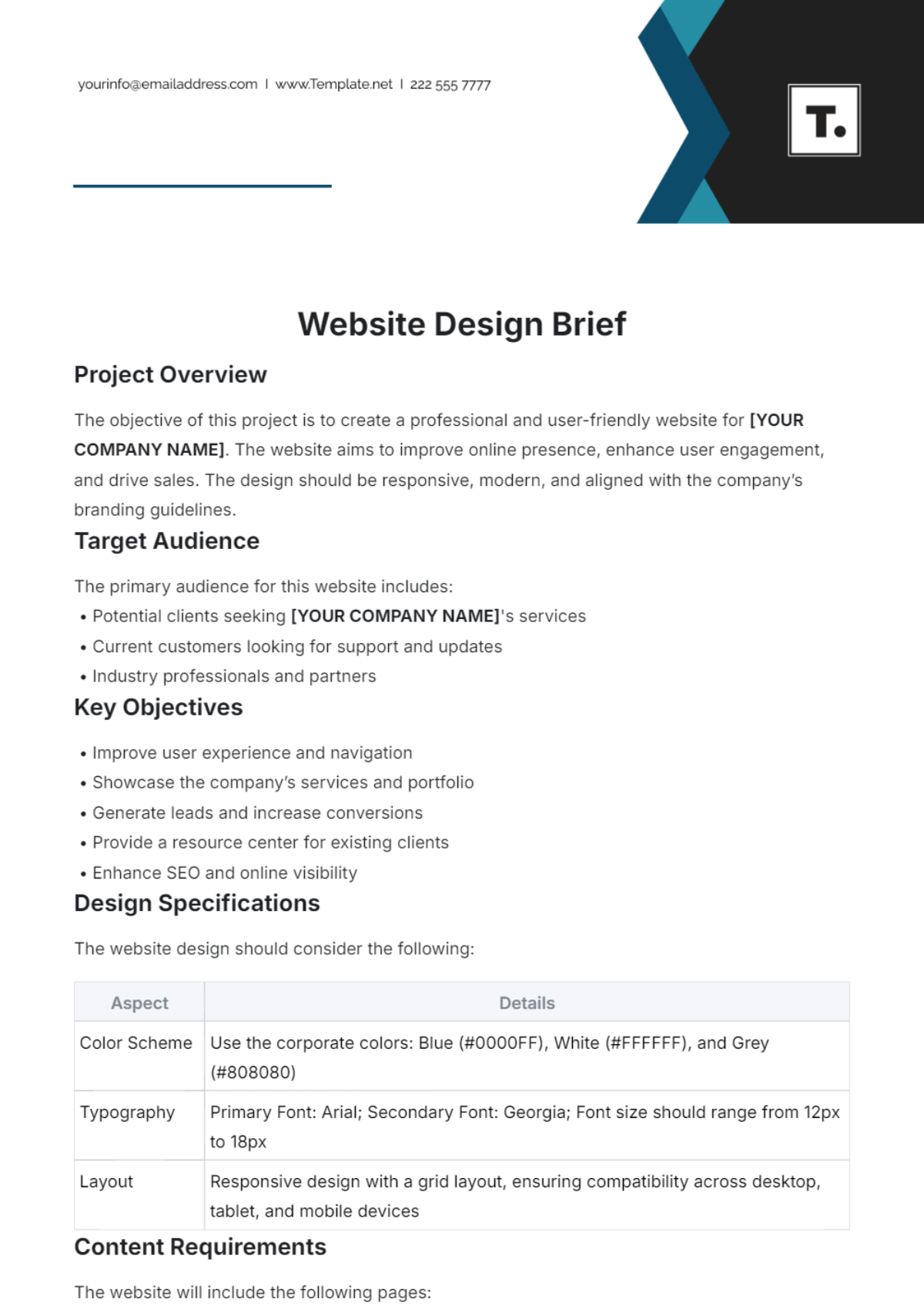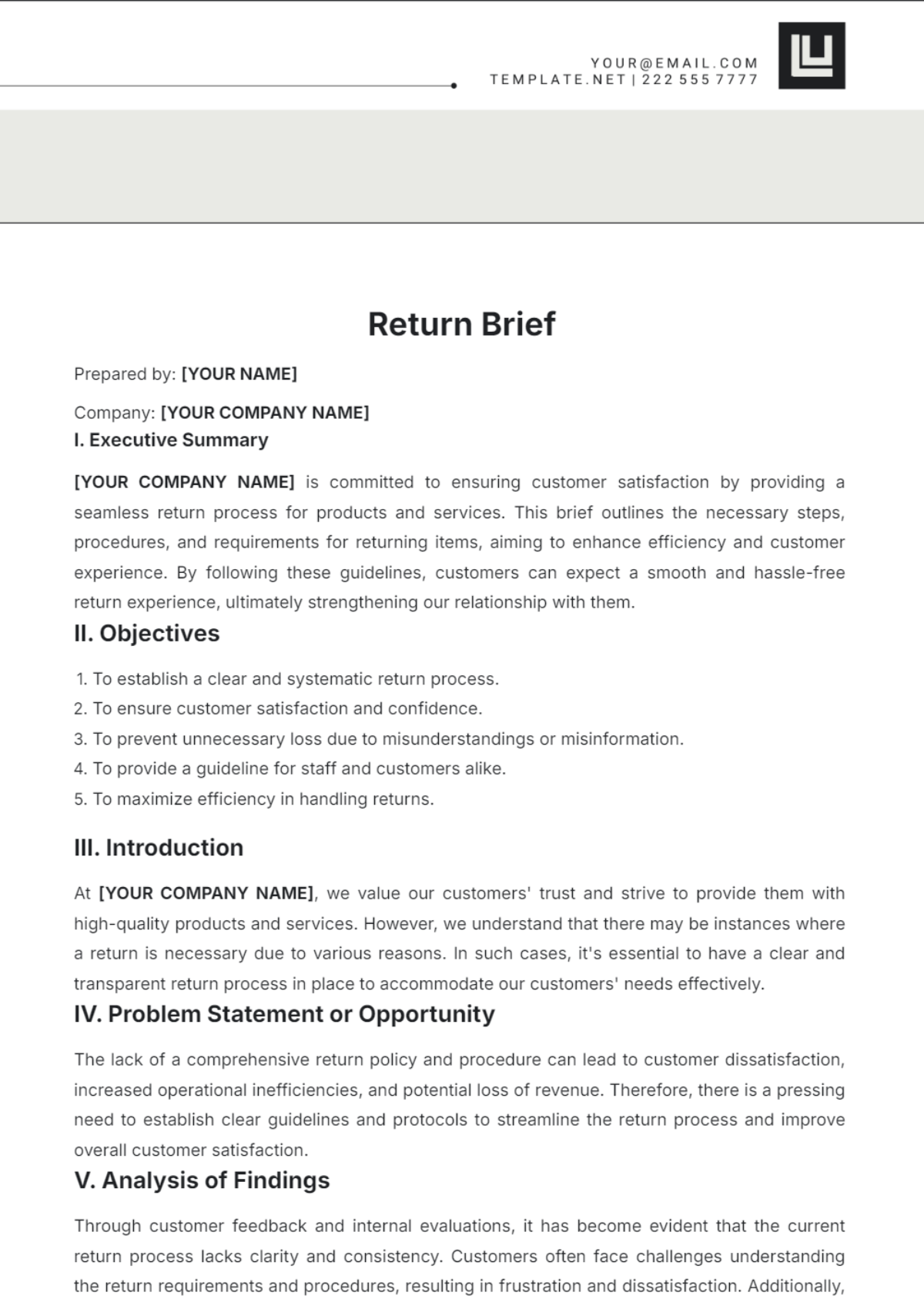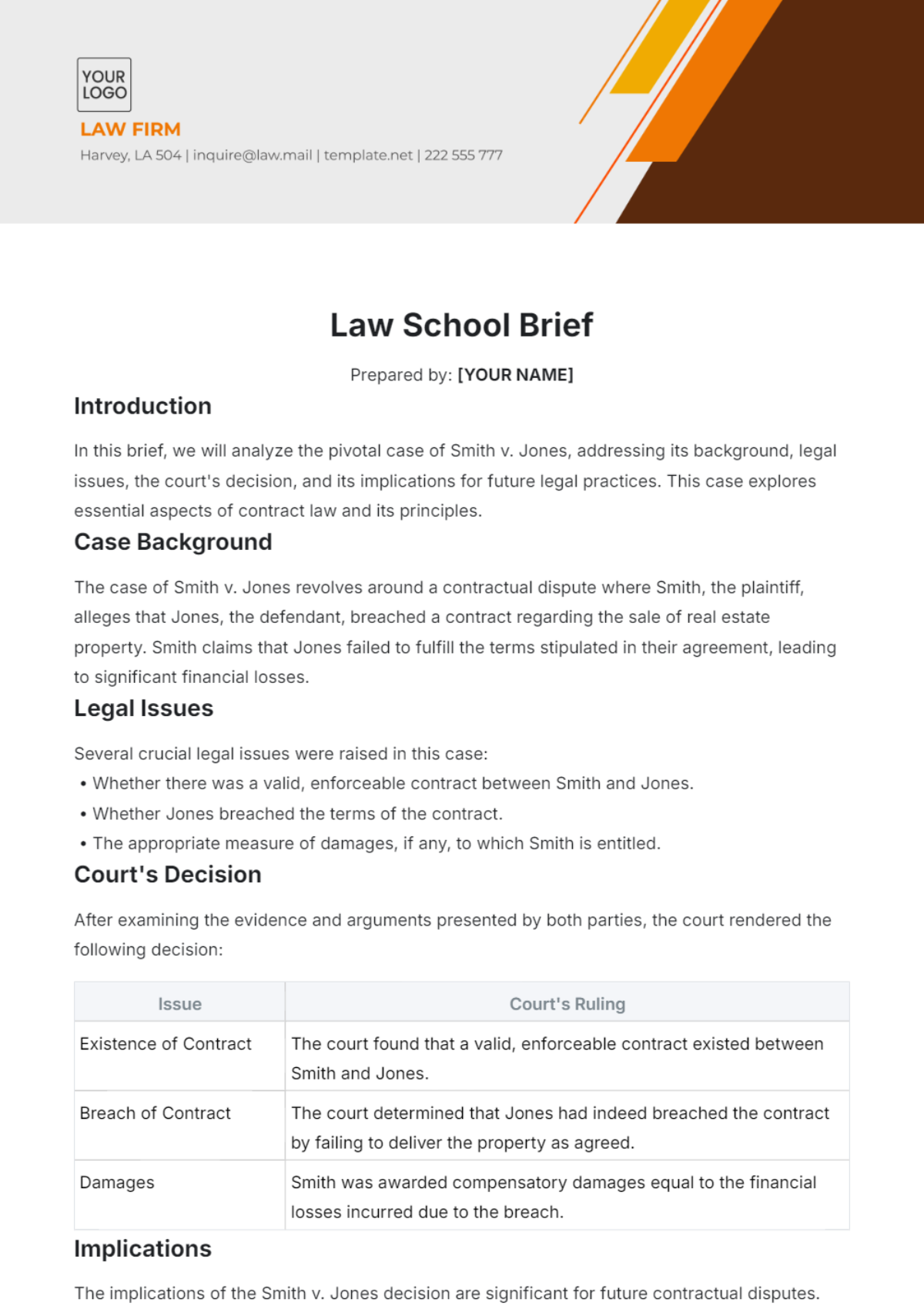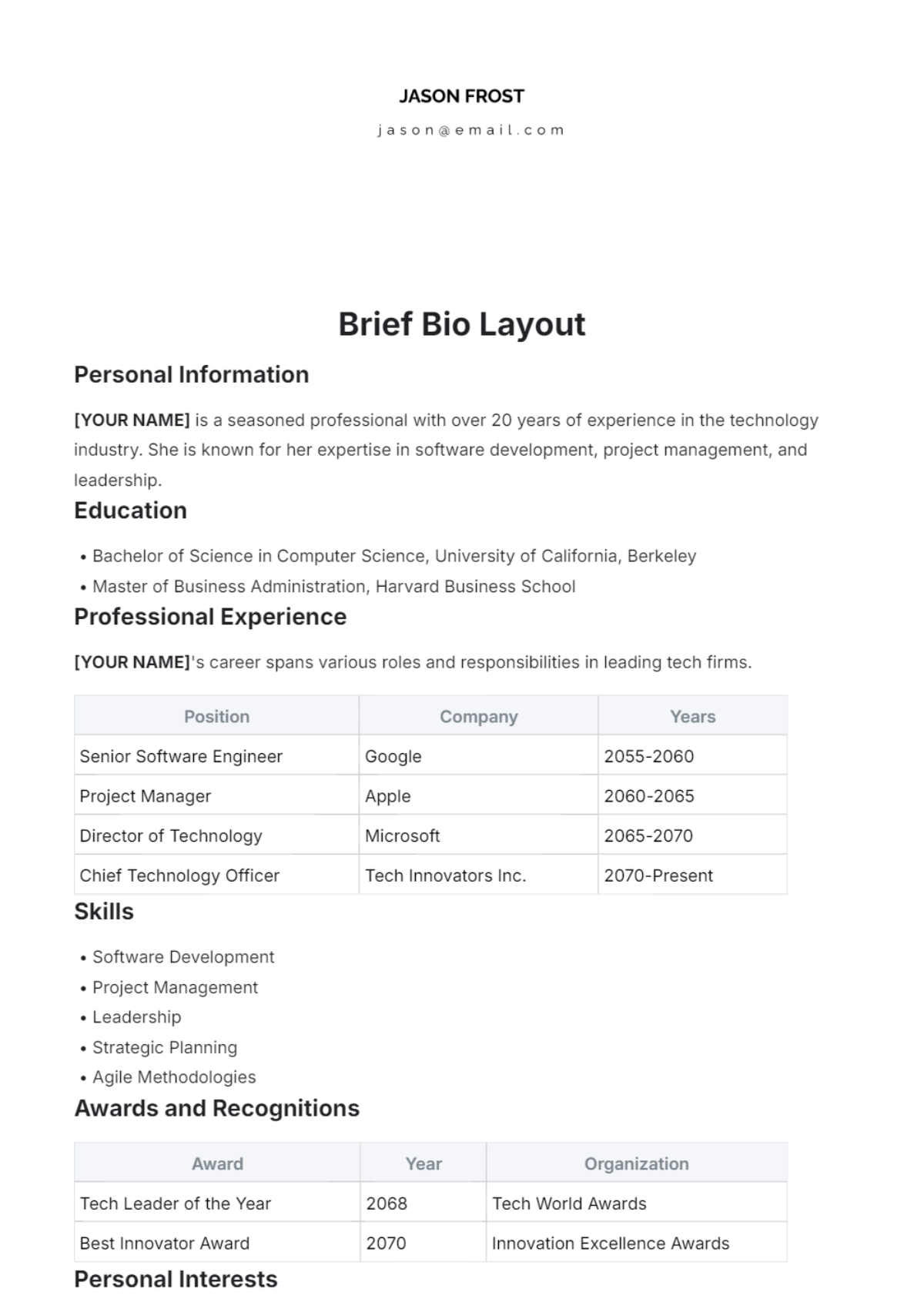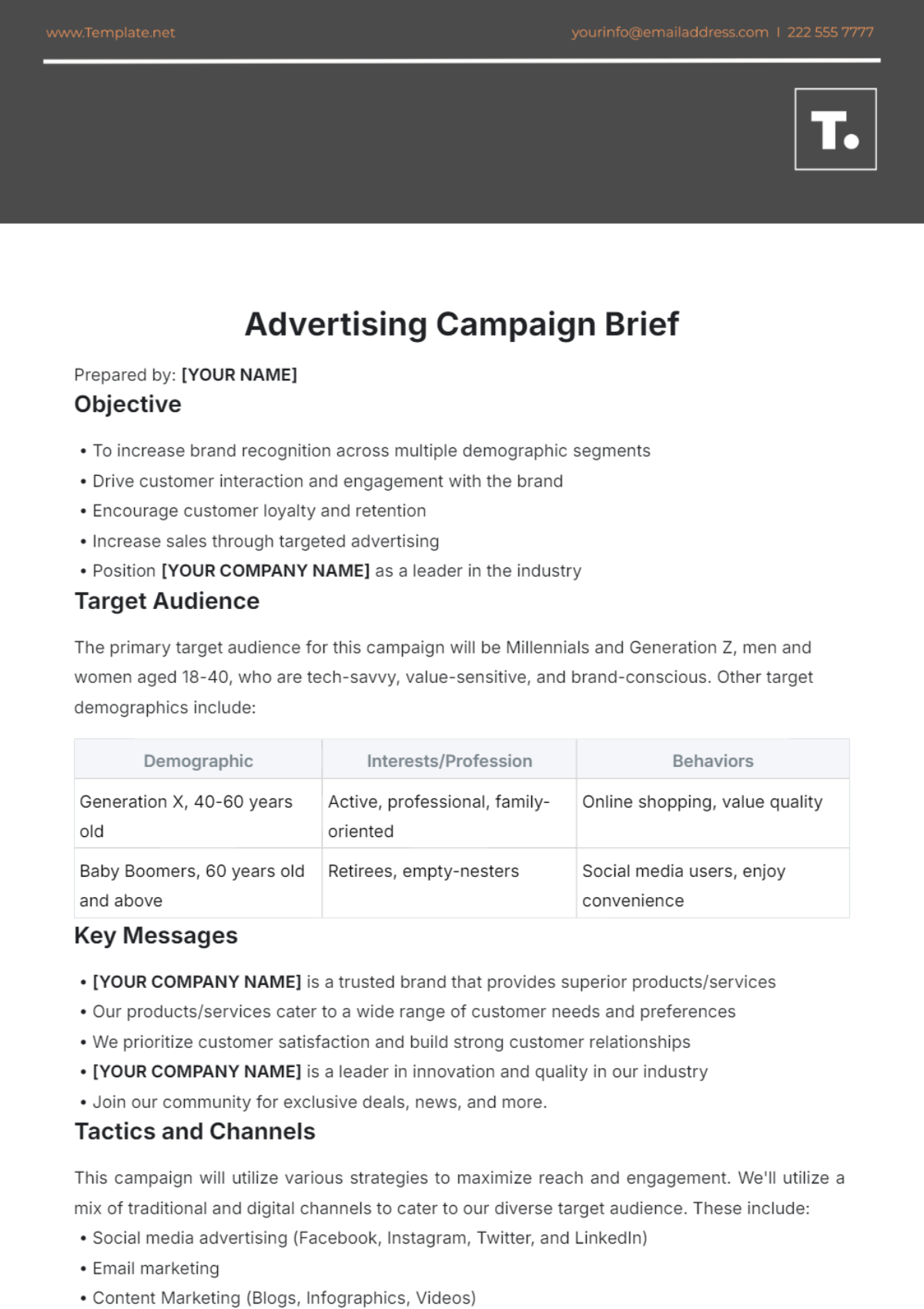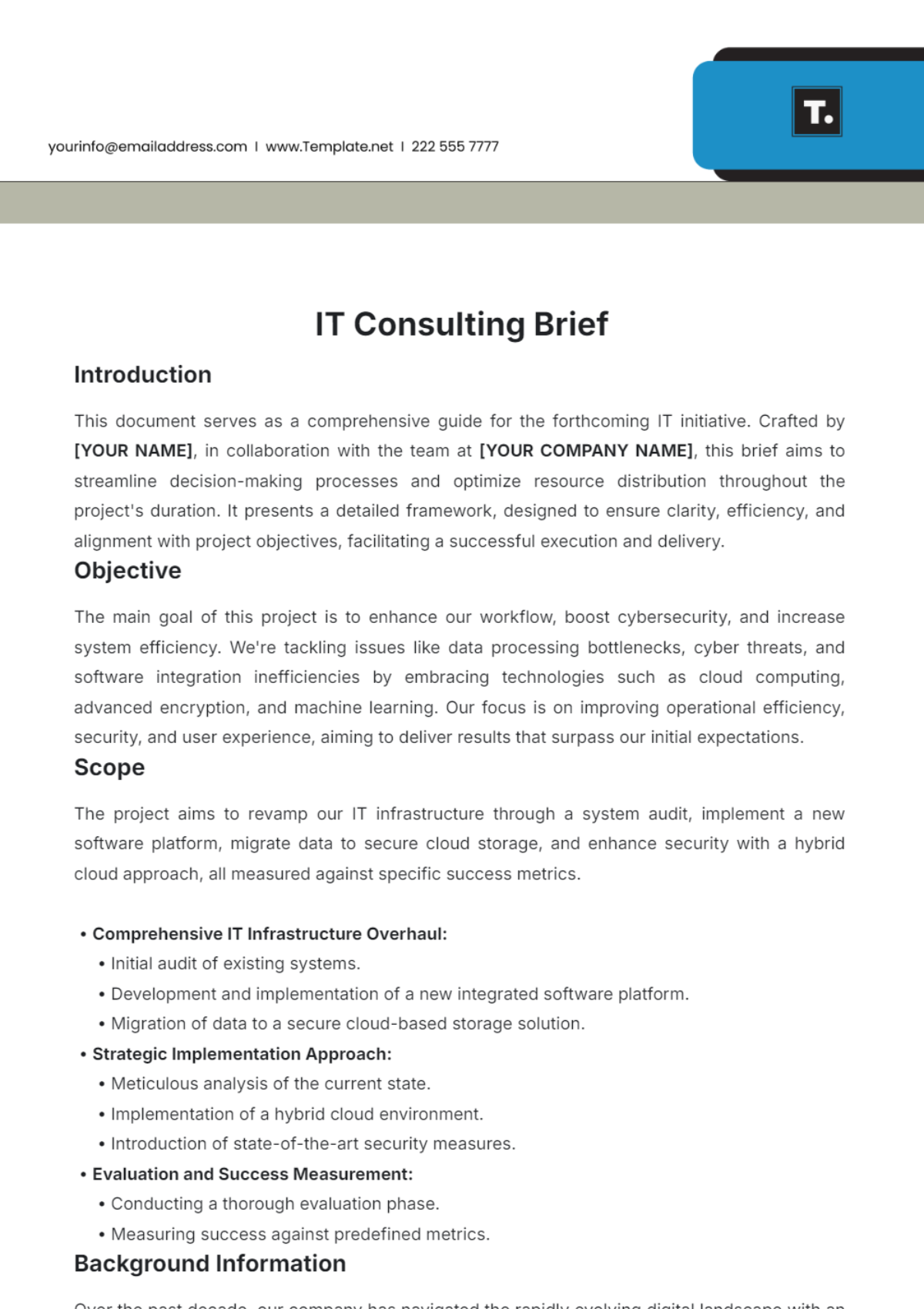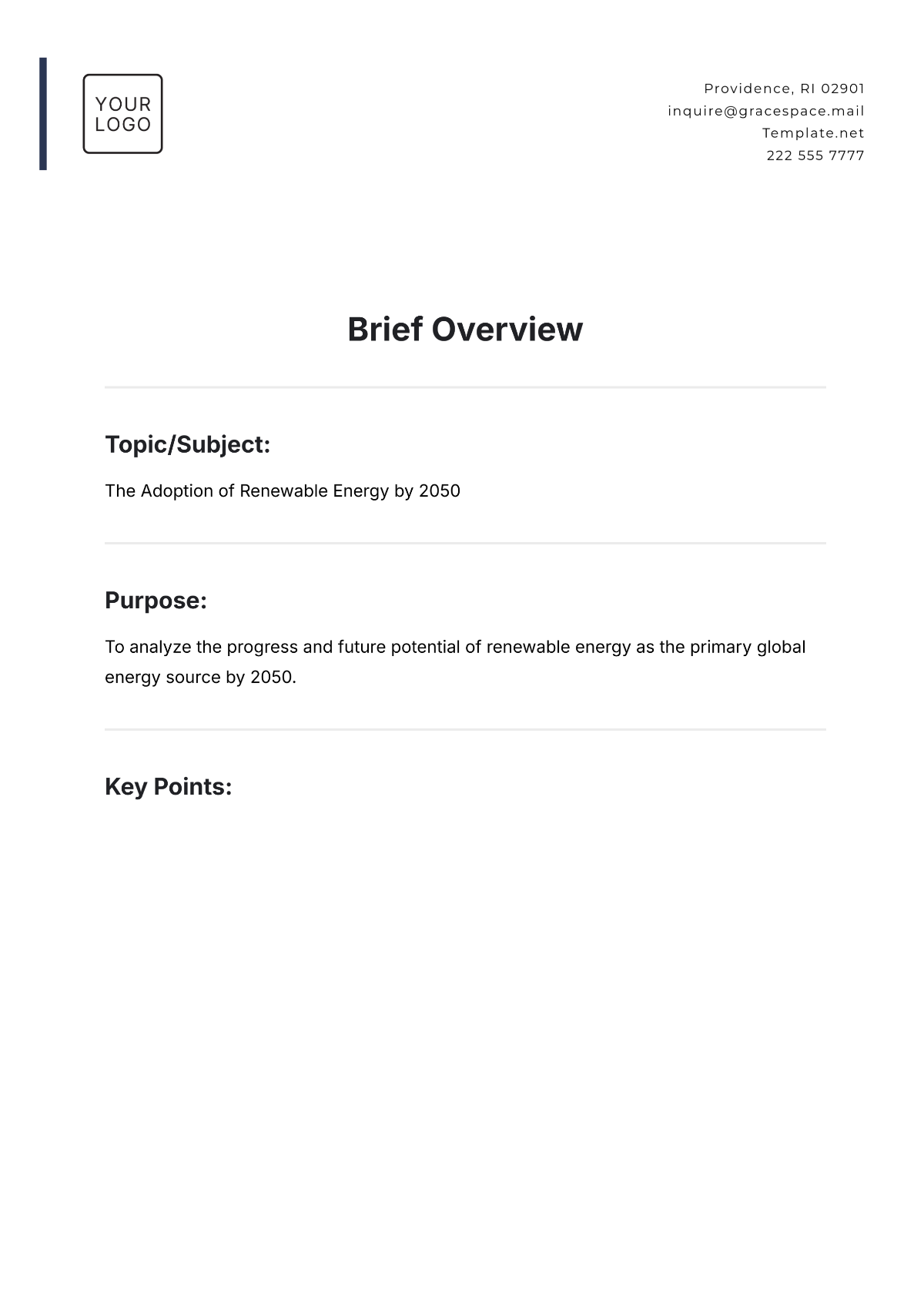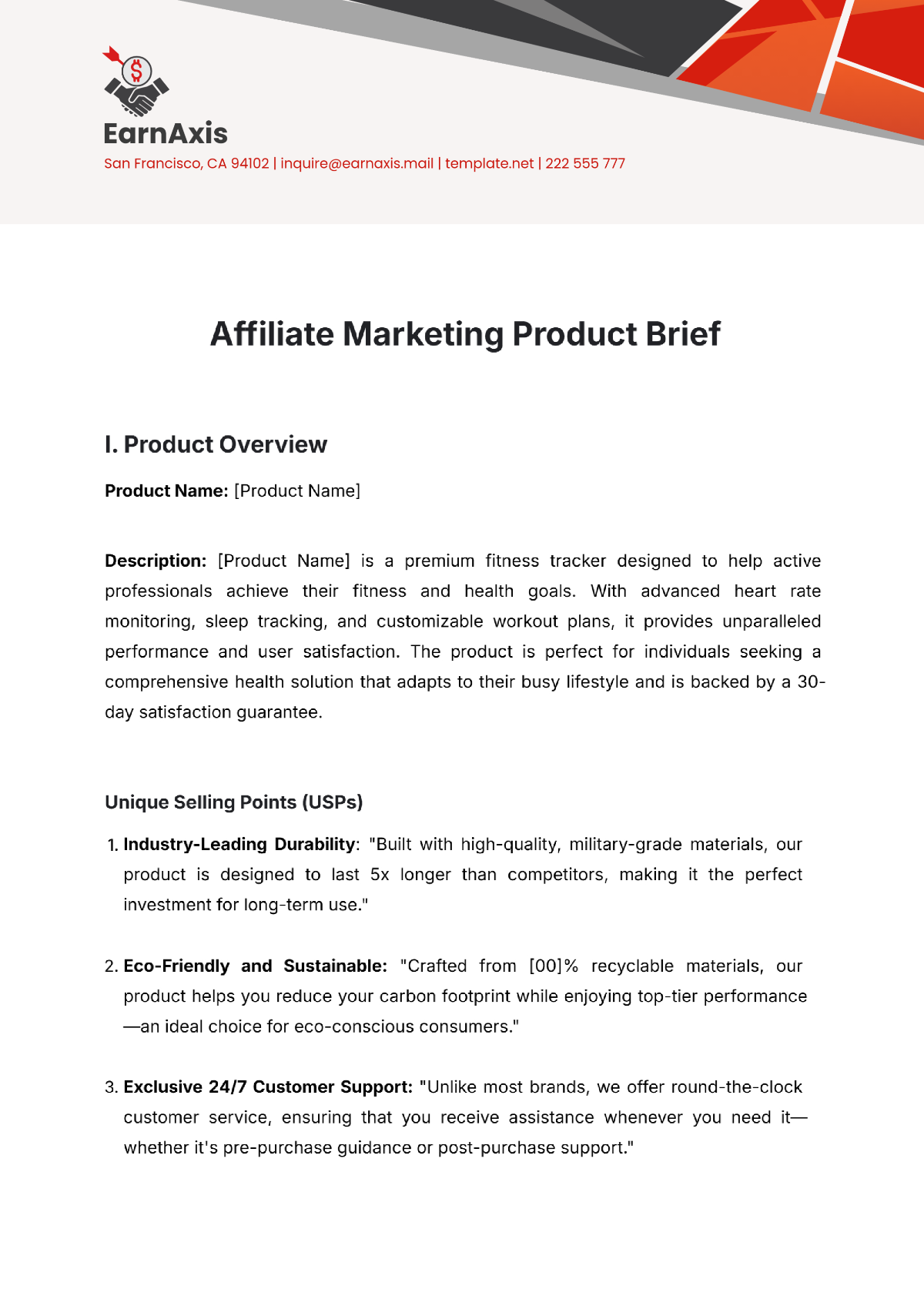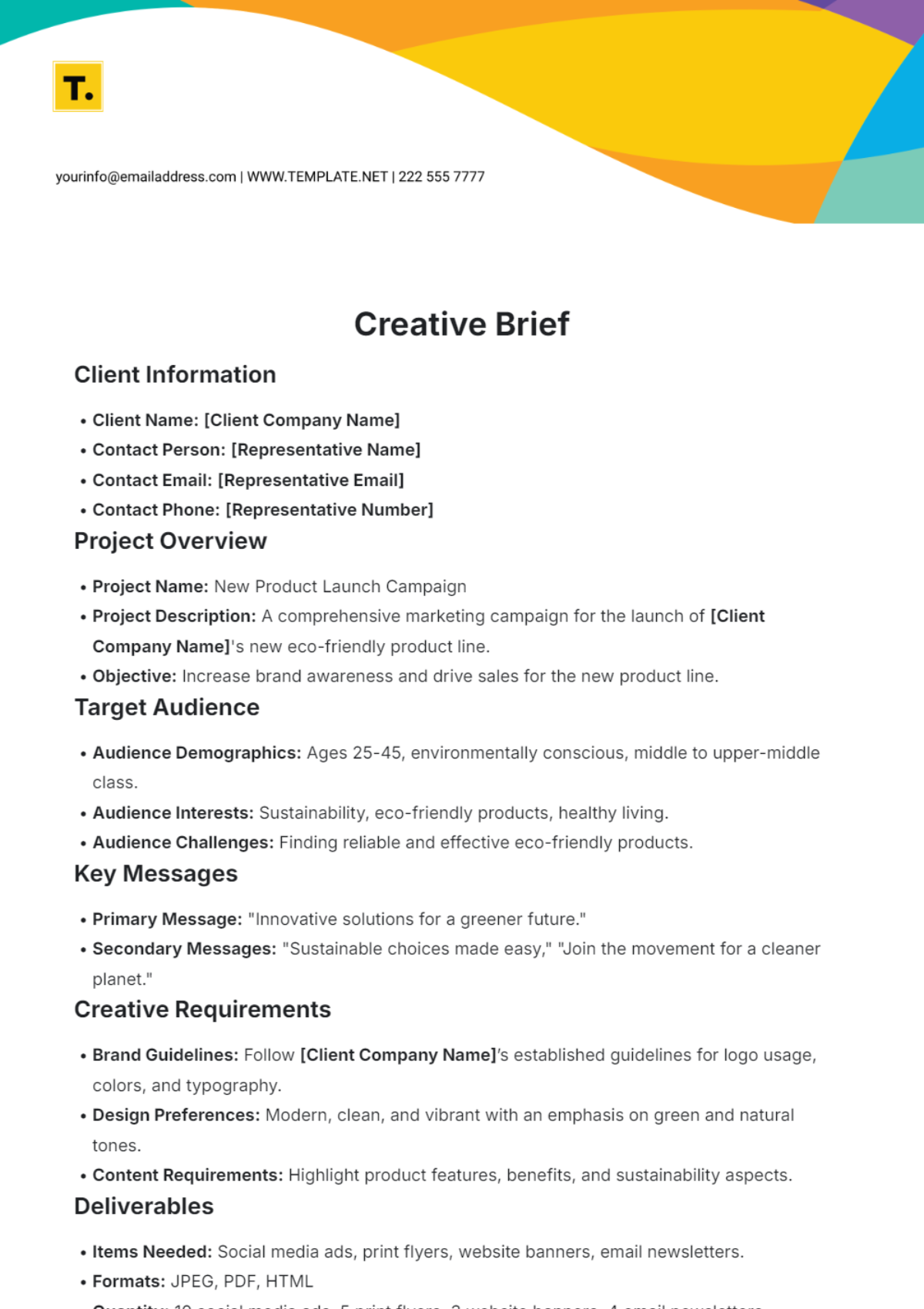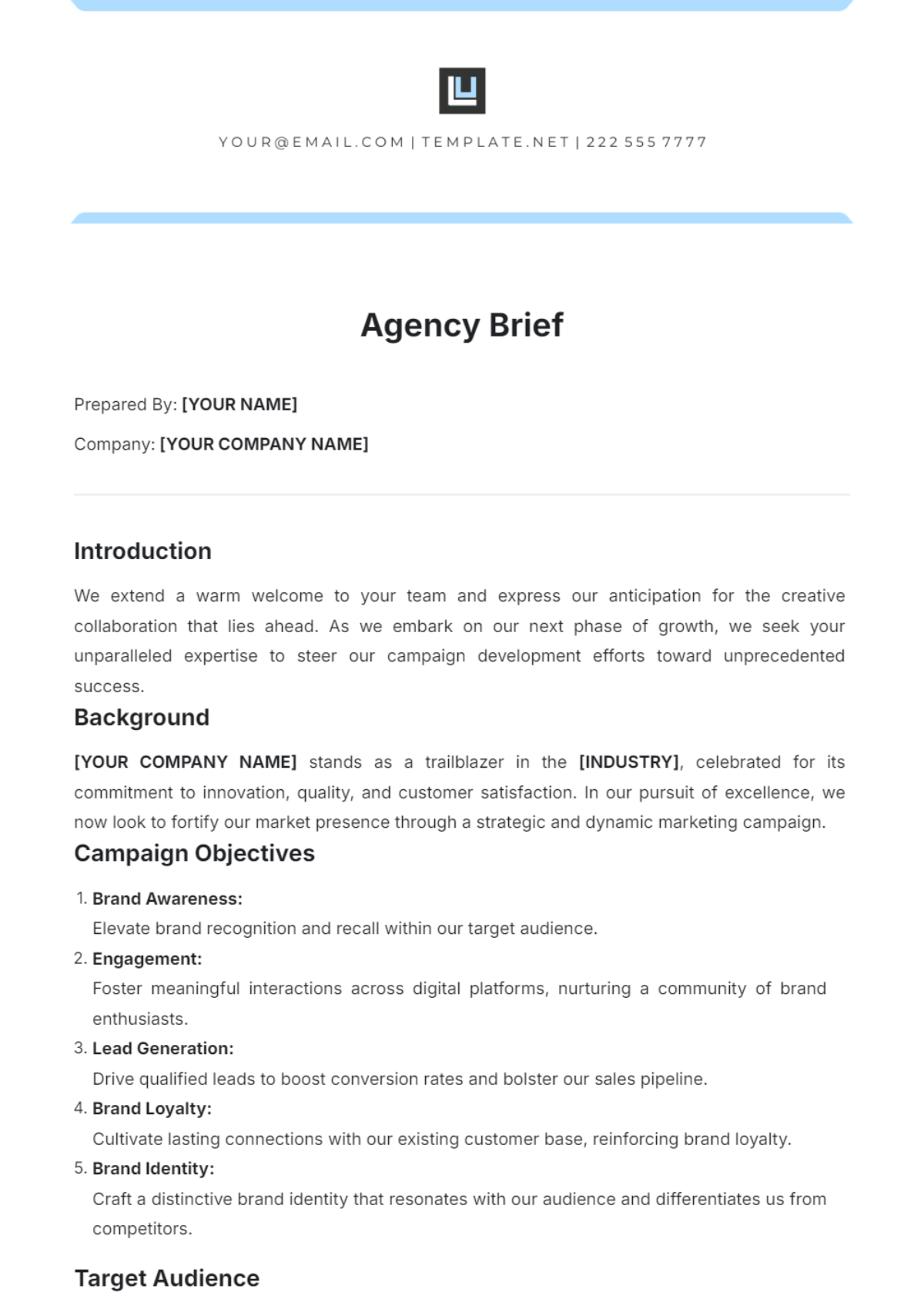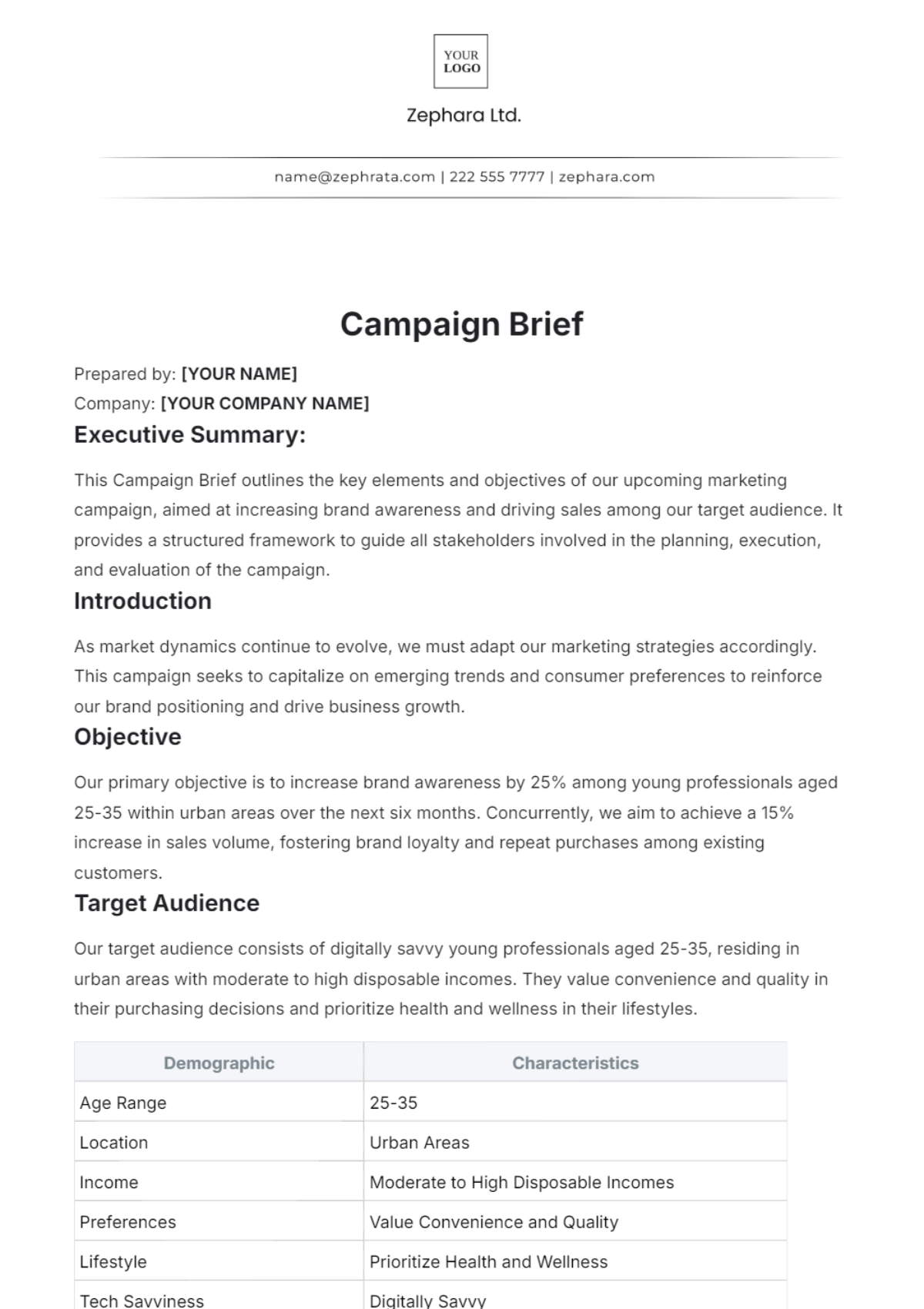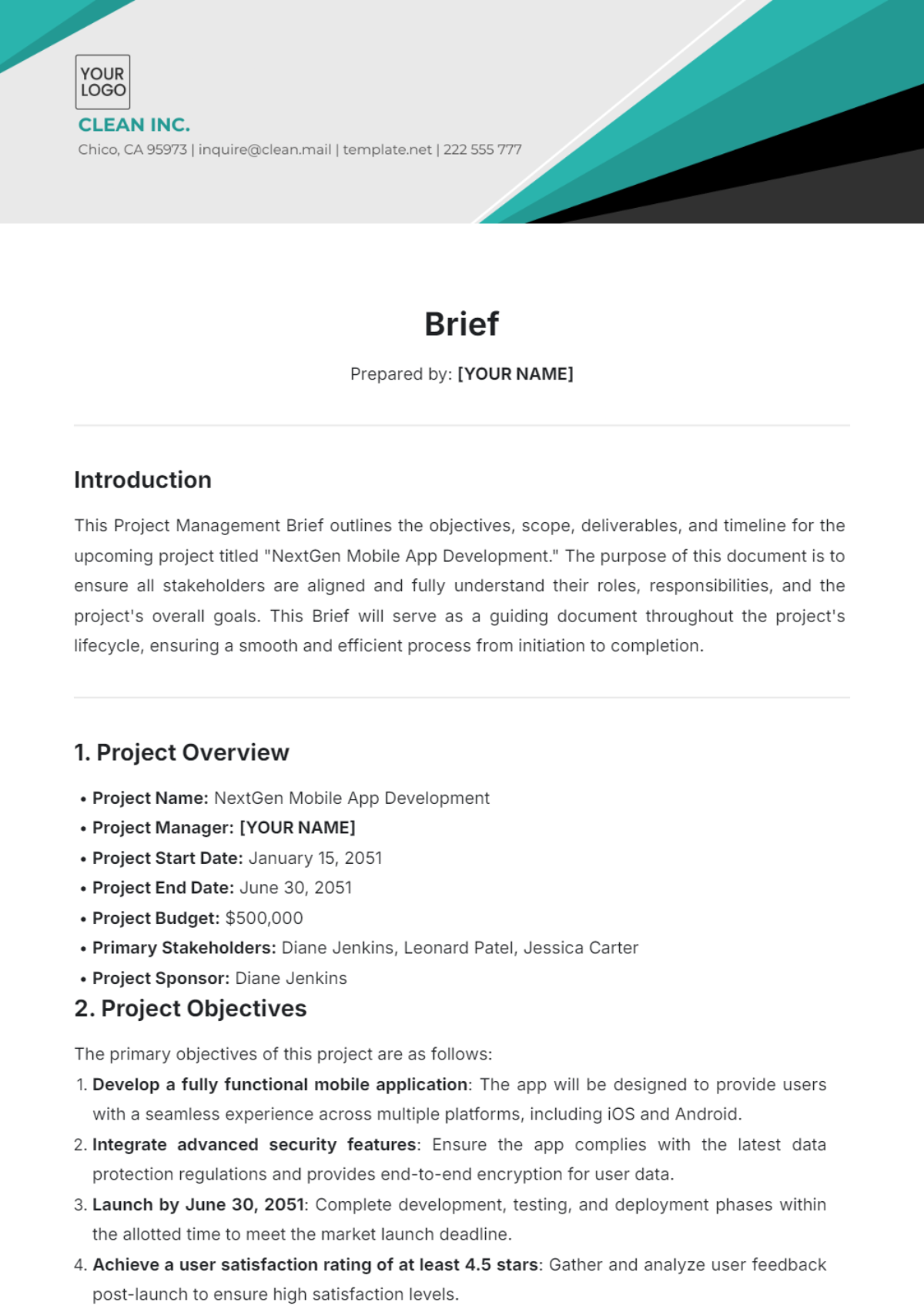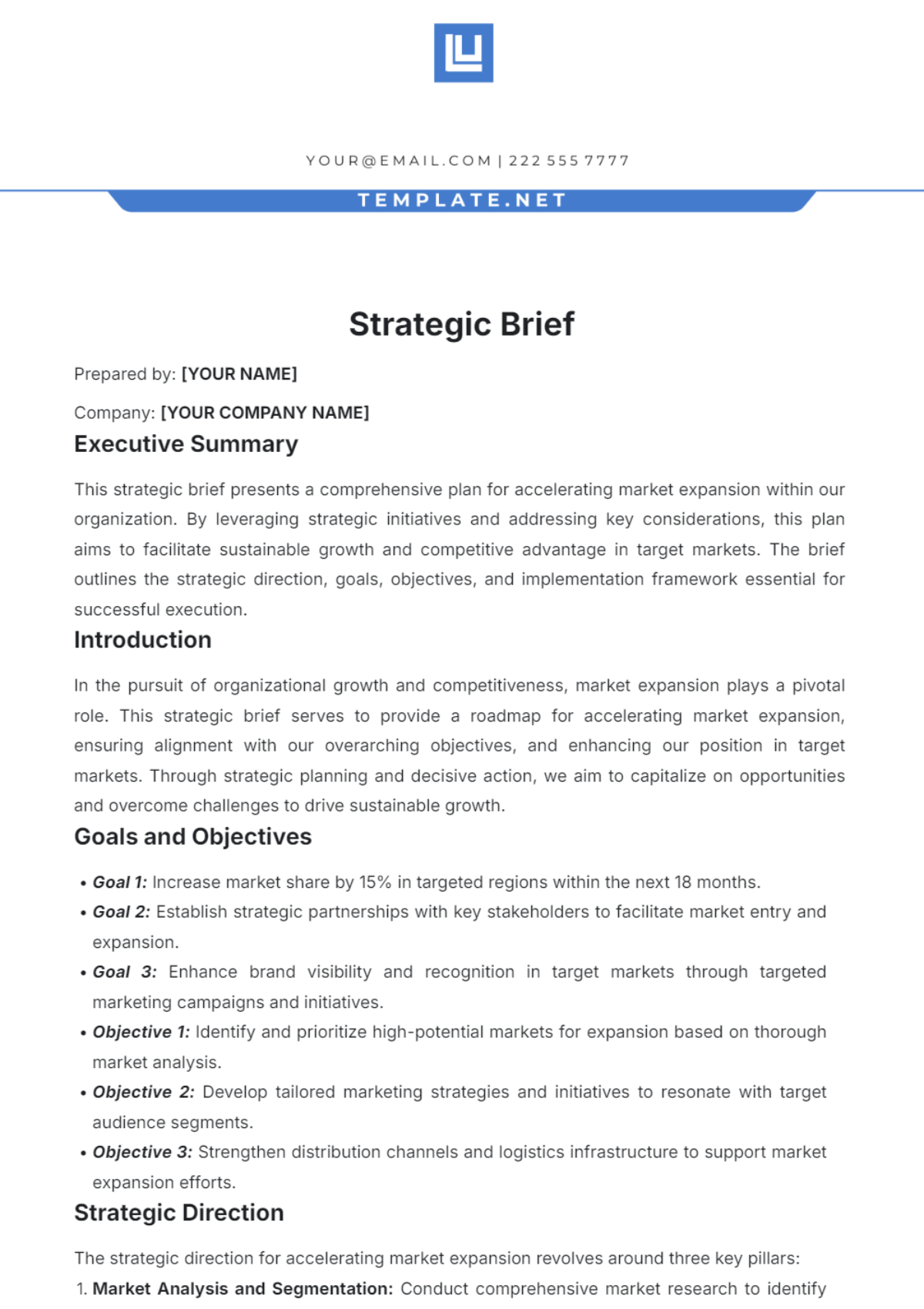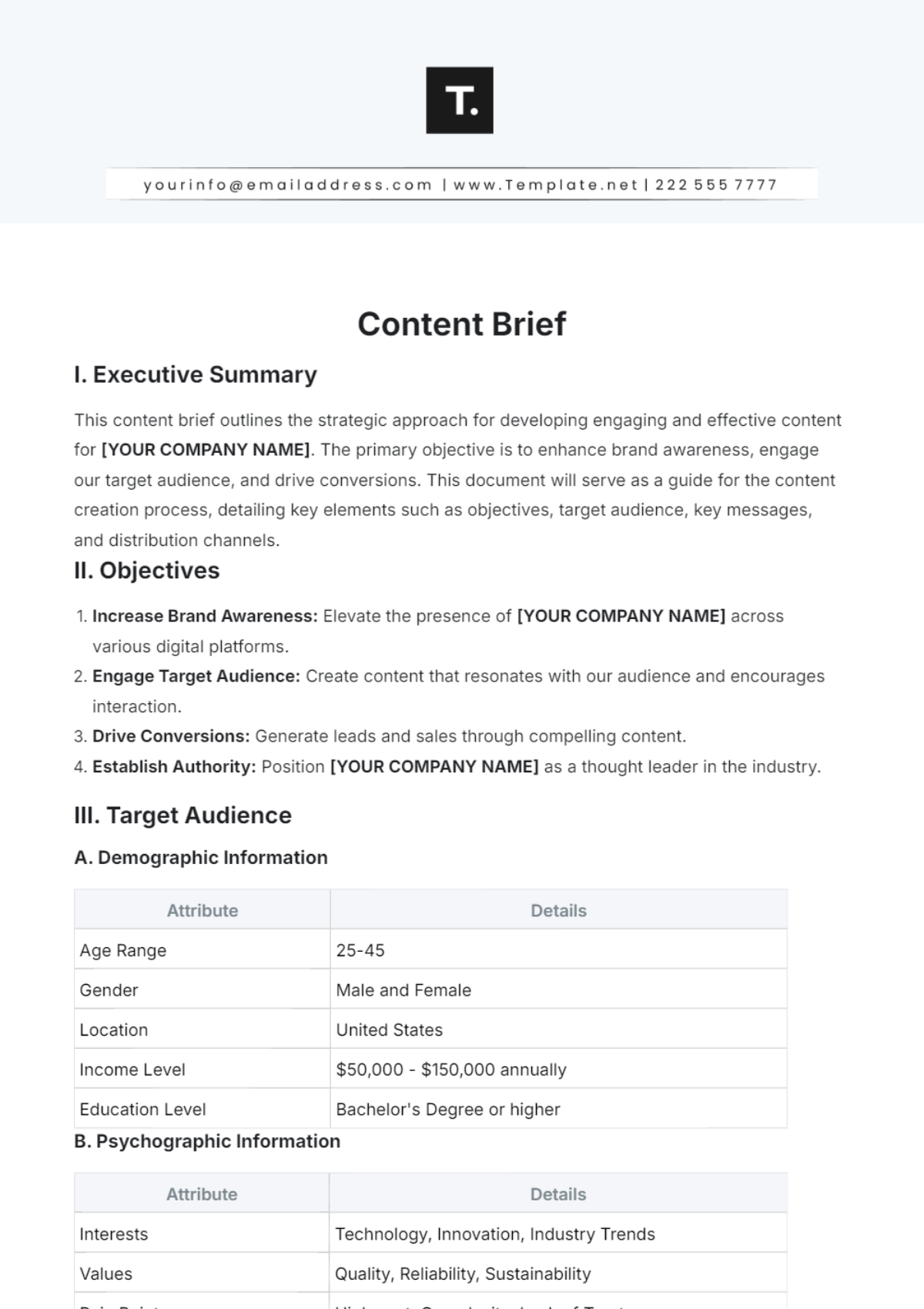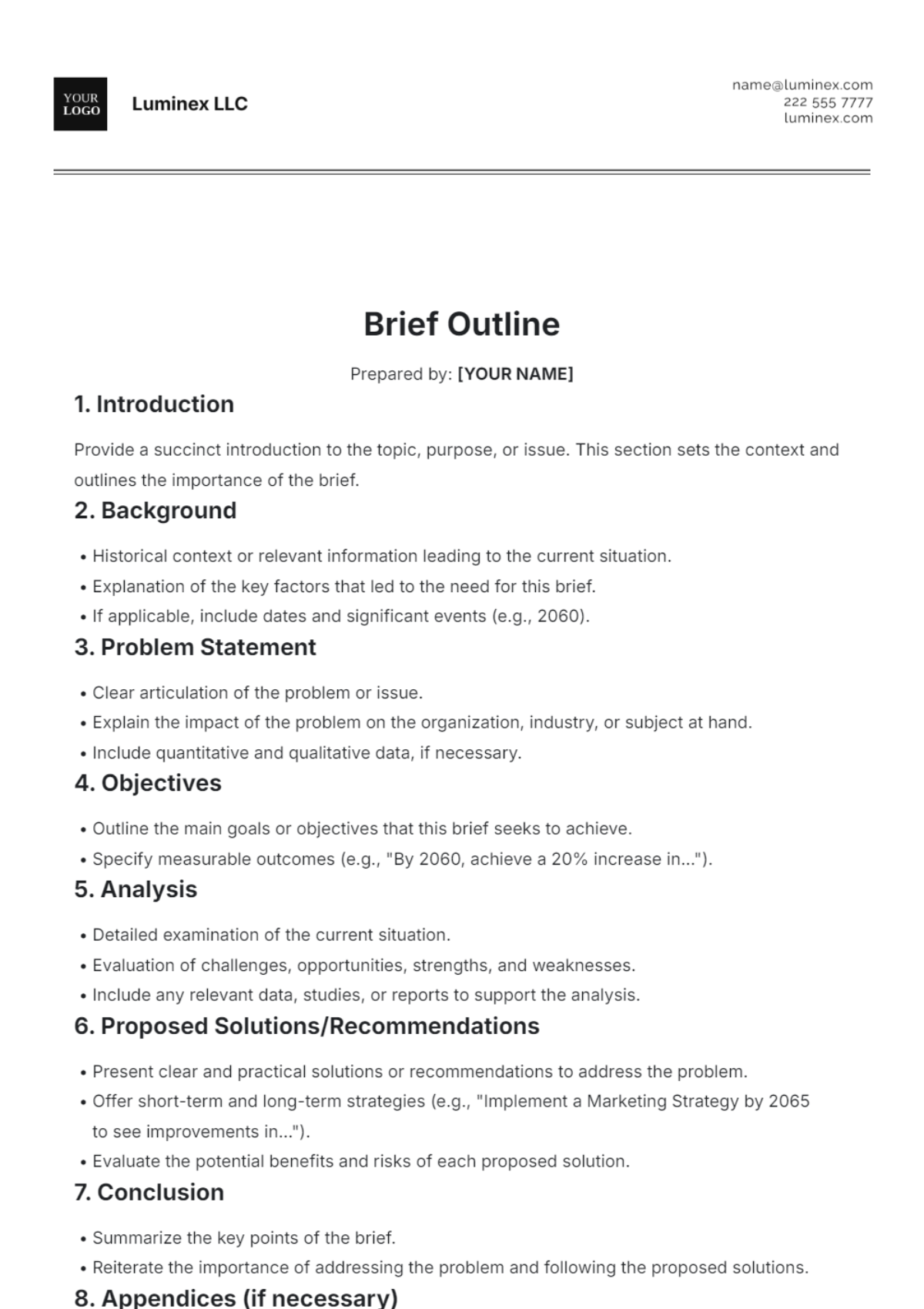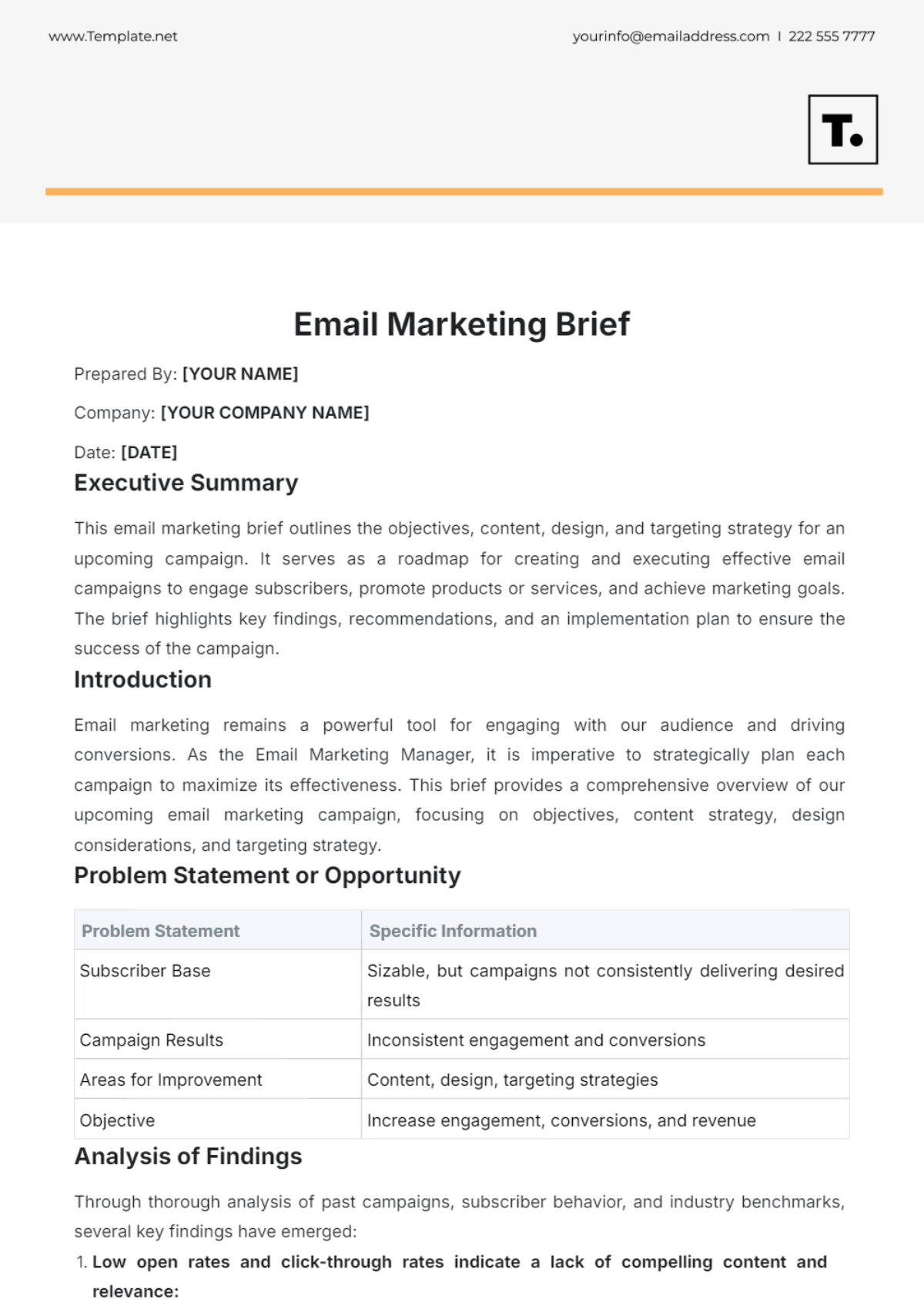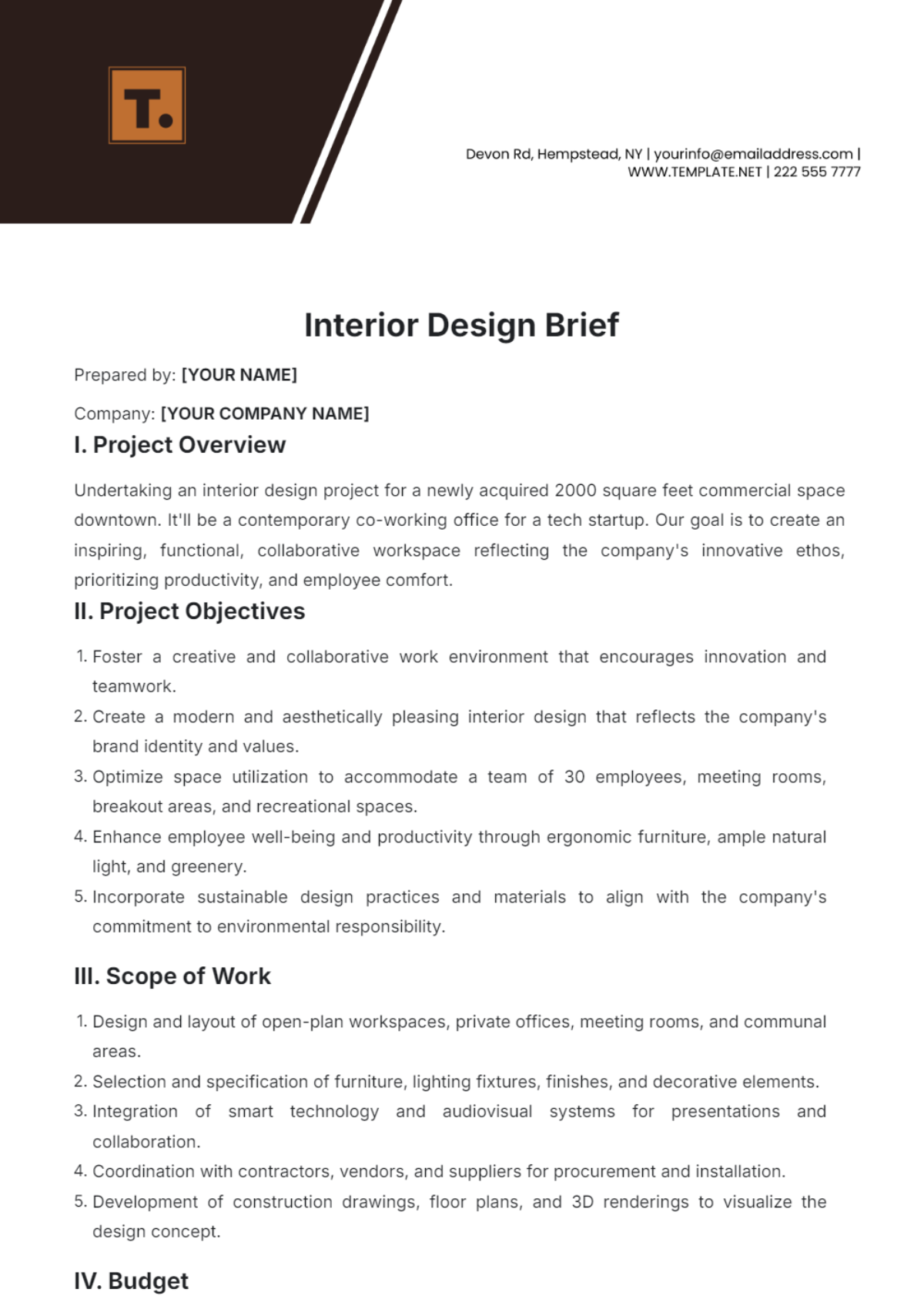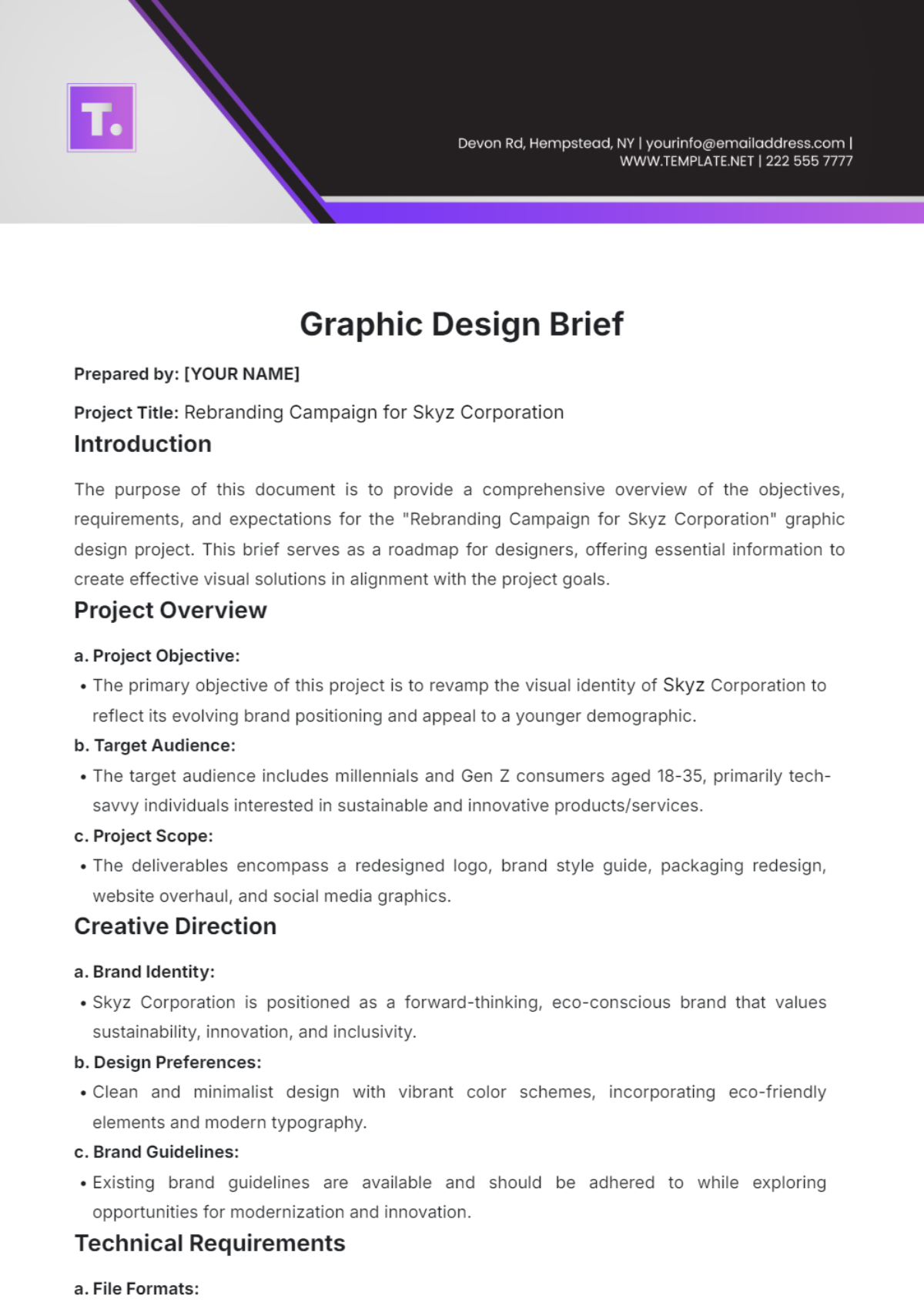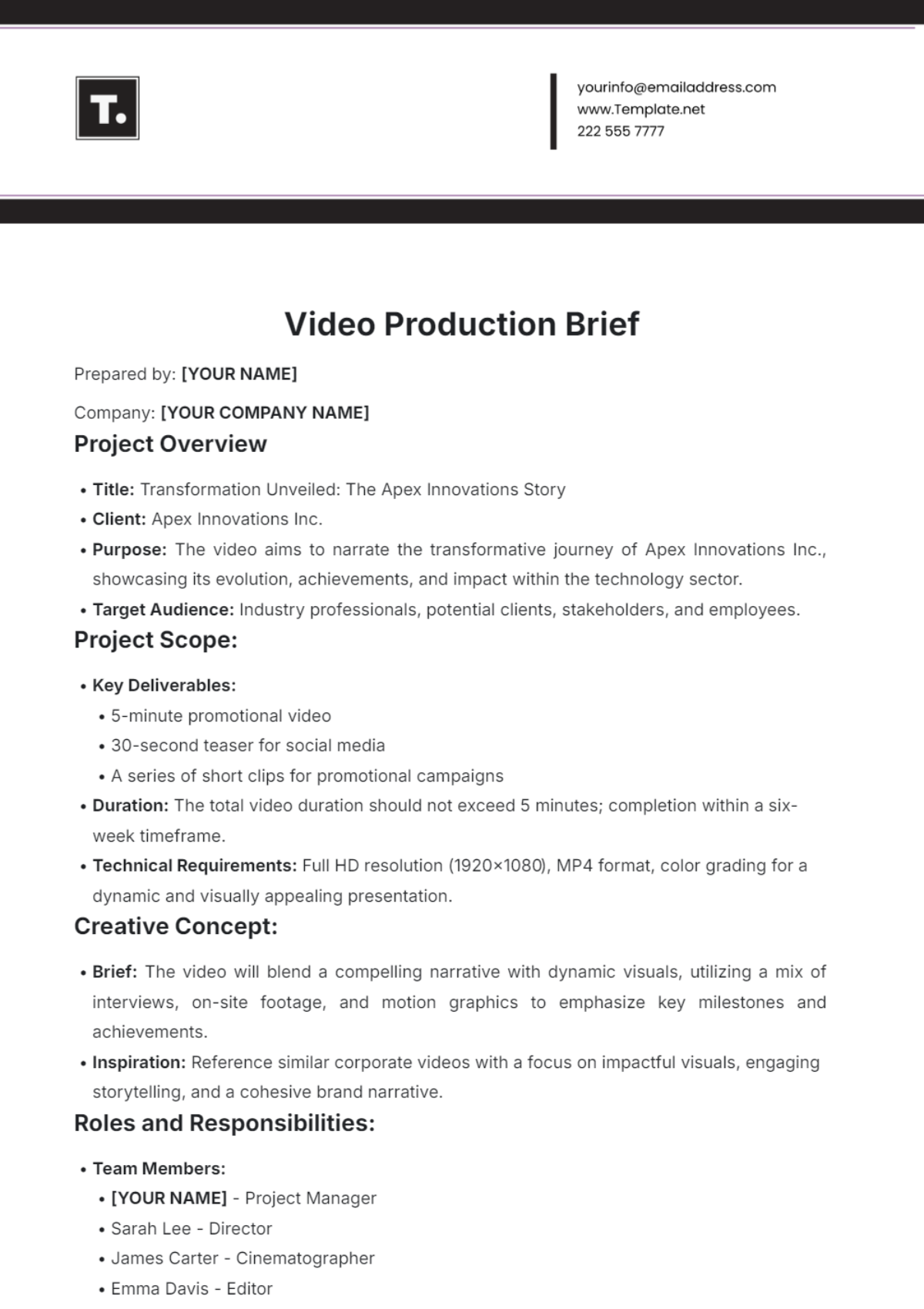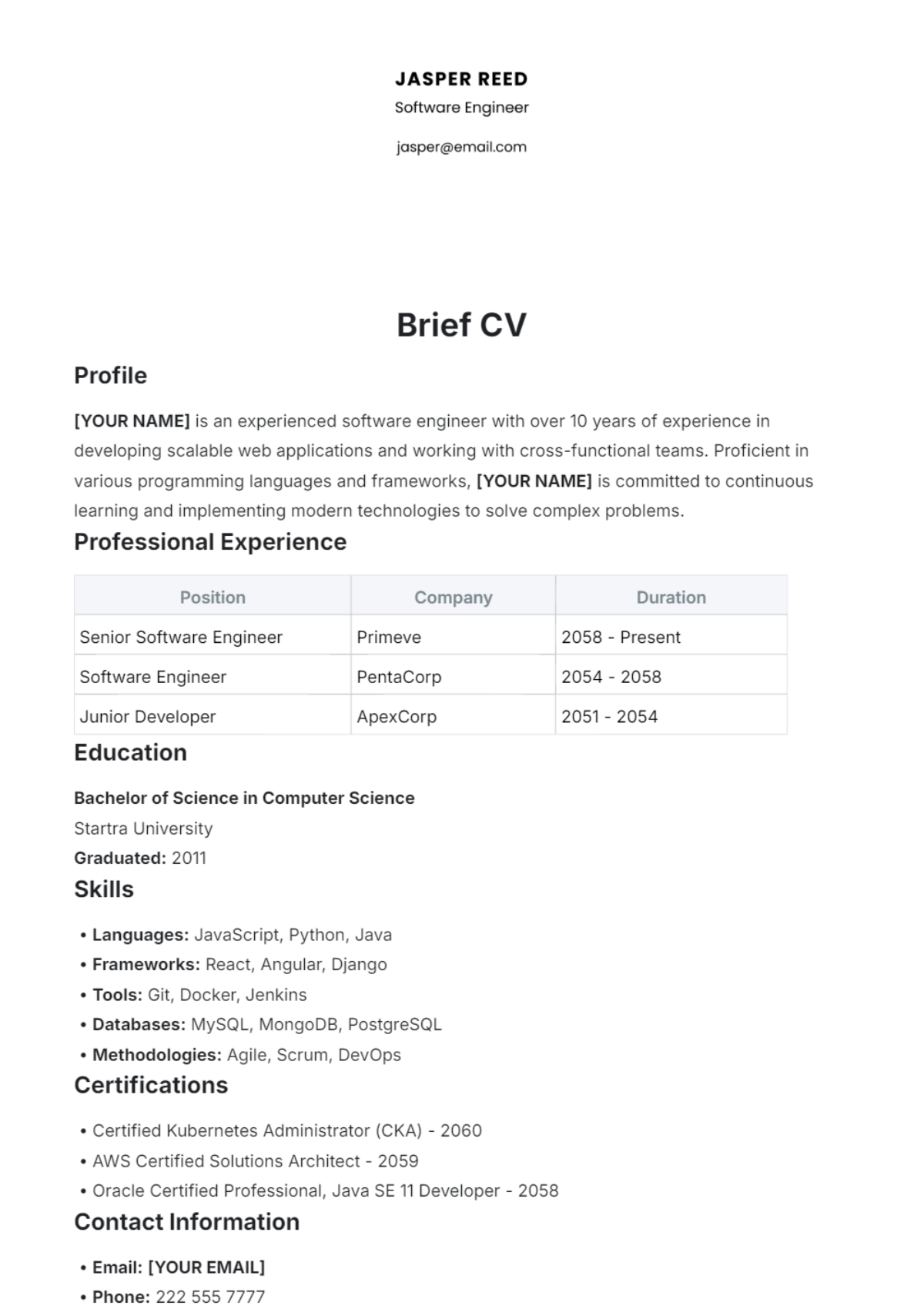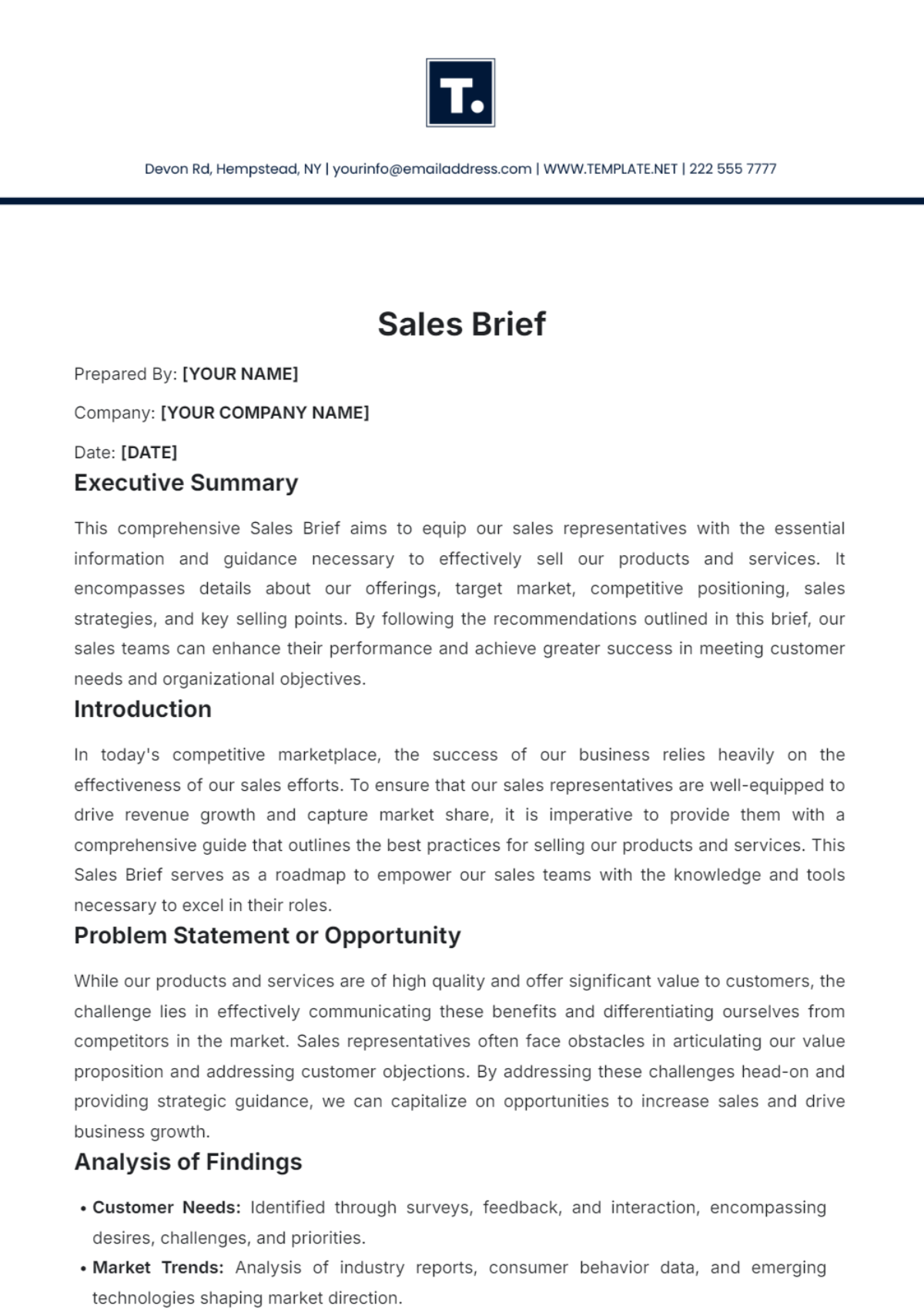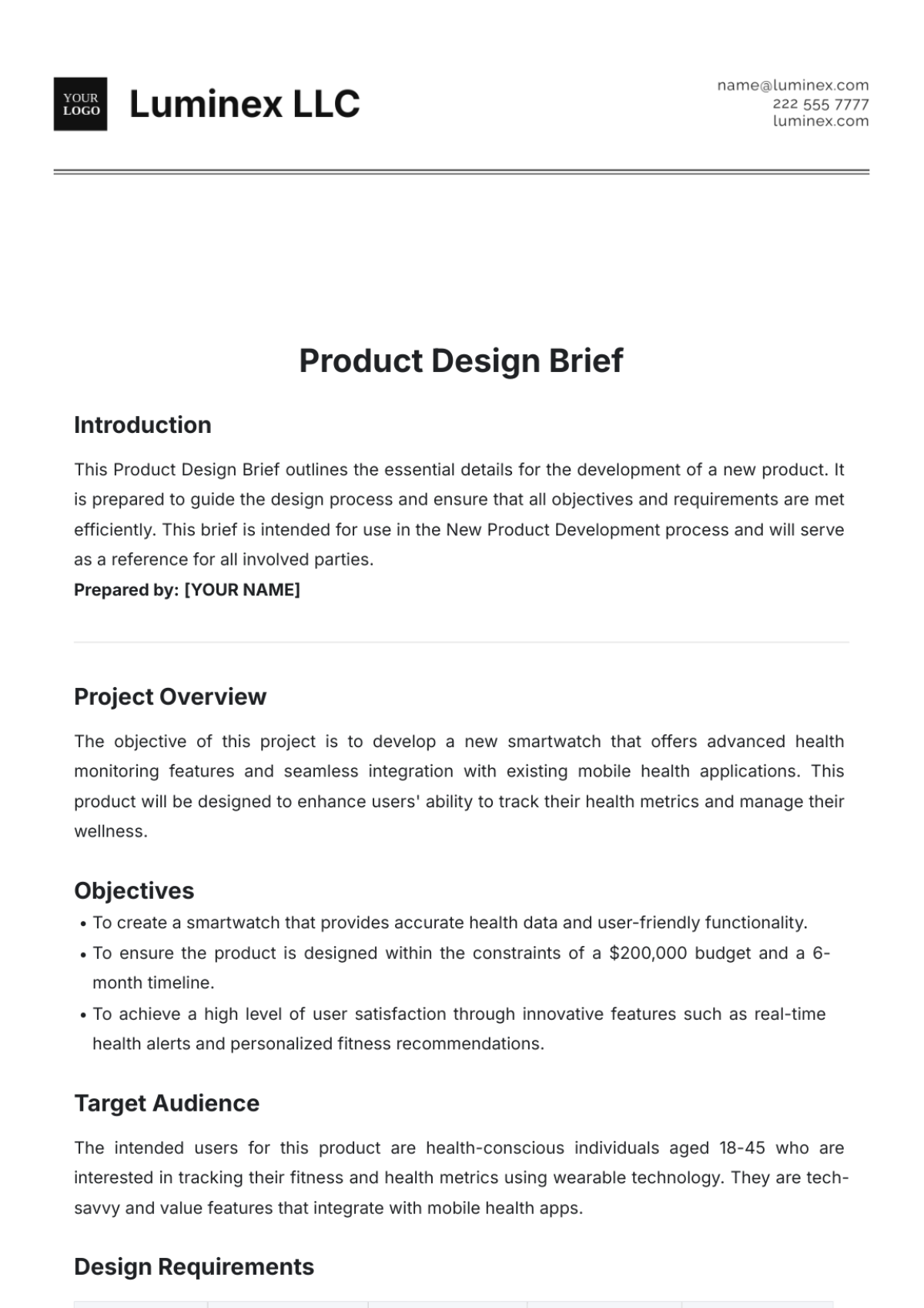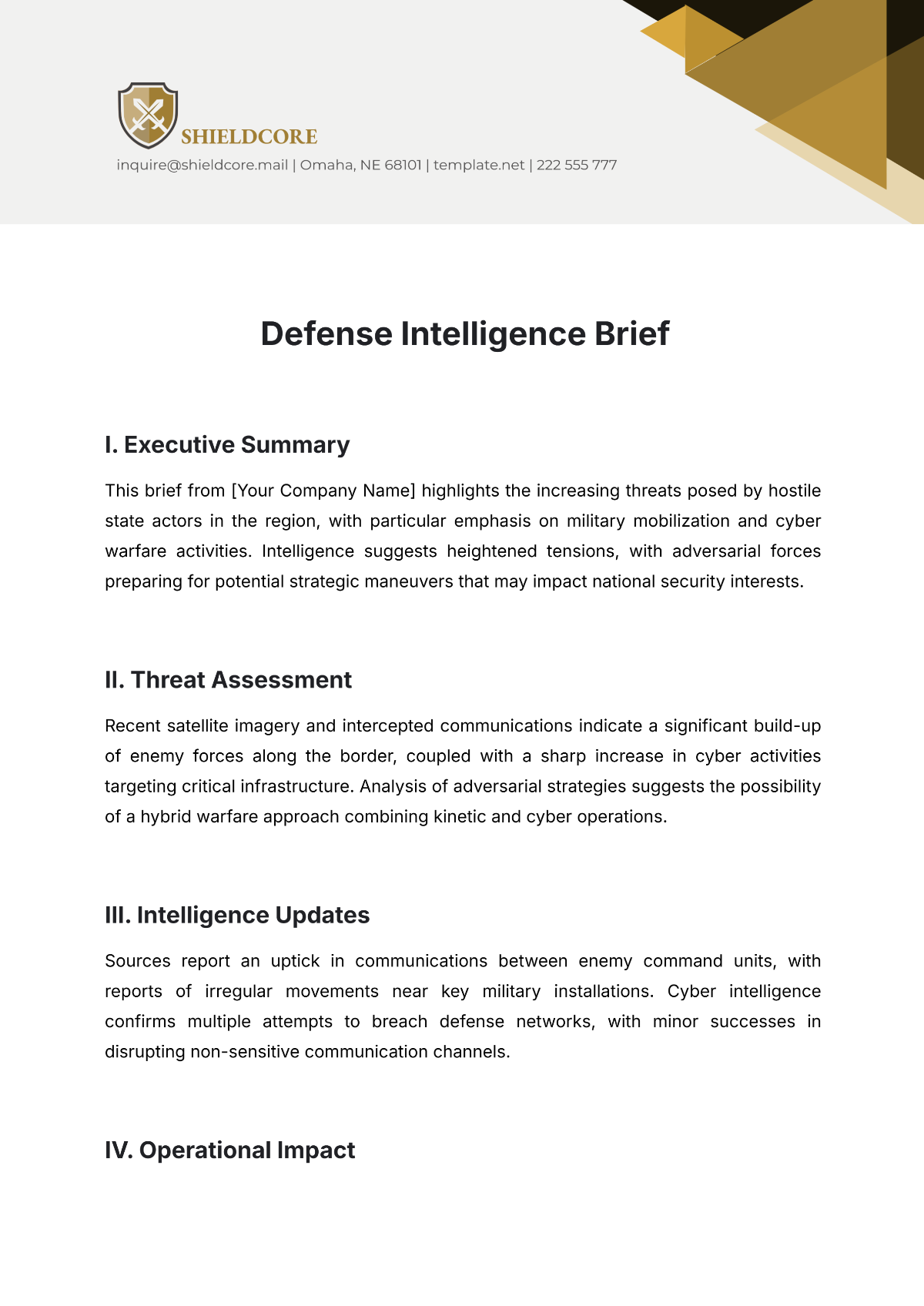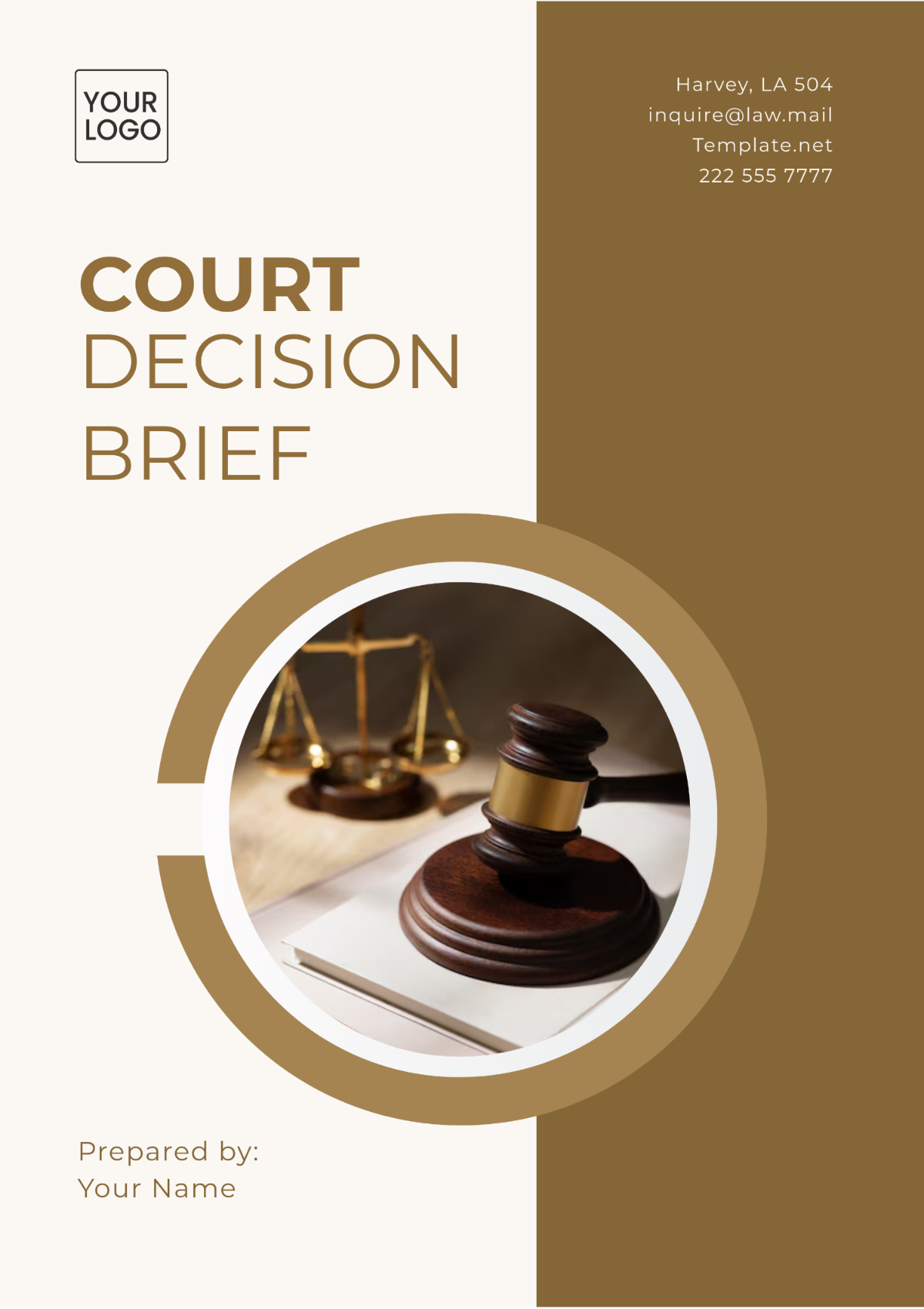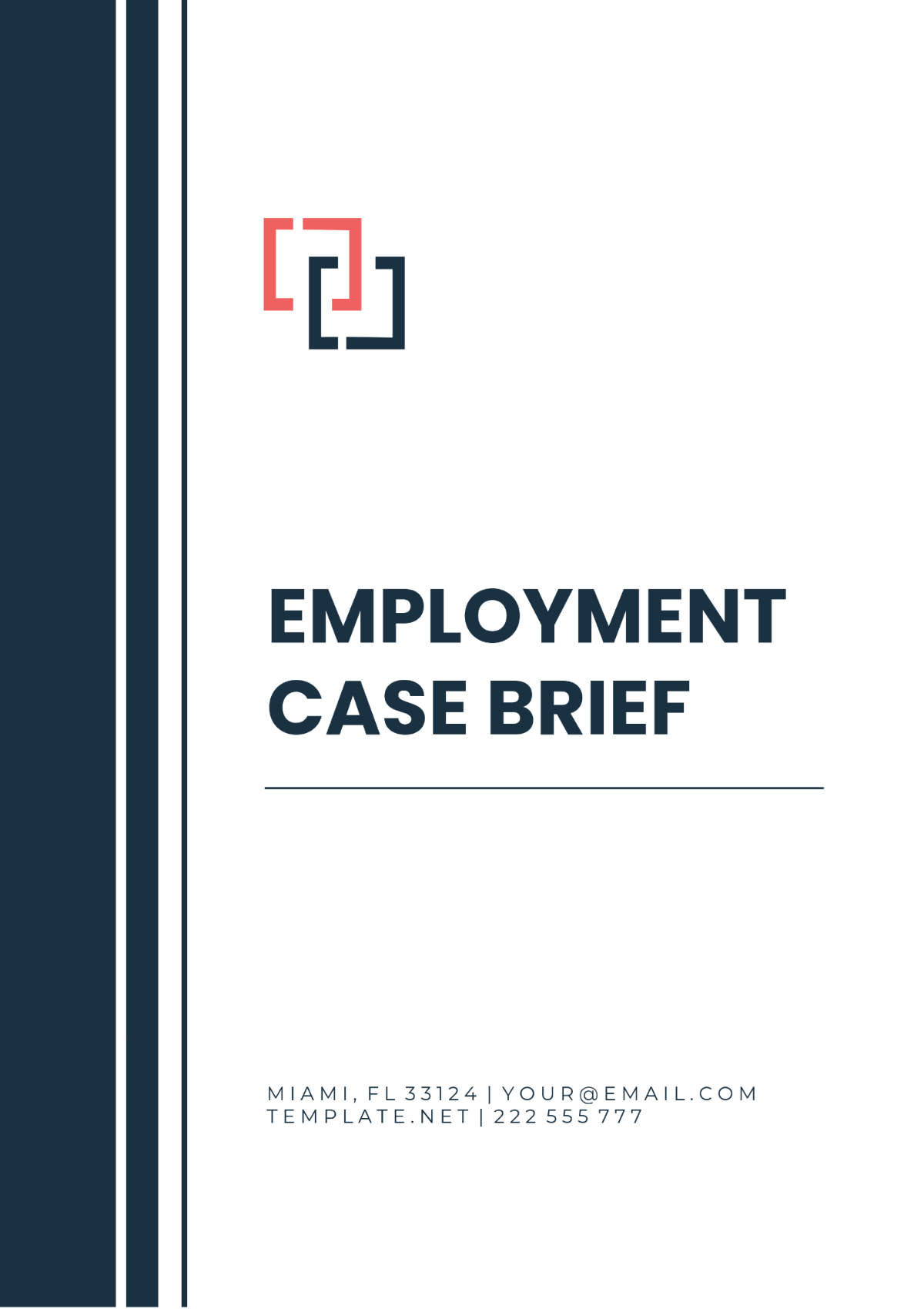Pilot Safety Brief
Prepared by: [Your Name]
Airline Name: [Your Company Name]
1. Introduction
This document is designed to provide comprehensive flight safety briefings to our pilots ahead of flights. Our primary aim is to equip our flight crew with relevant, up-to-date safety-related information to ensure a safe and secure flight.
2. Pre-flight Preparations
Conduct a thorough pre-flight inspection of the aircraft to ensure all systems are operational and there are no discrepancies.
Verify that all required documentation, including licenses, medical certificates, and flight plans, are up-to-date and readily accessible.
3. Emergency Procedures
Familiarize yourself with the location and operation of emergency equipment, including fire extinguishers, emergency exits, oxygen masks, and life vests.
Review emergency procedures for various scenarios, such as engine failure, cabin decompression, and in-flight medical emergencies.
Assign roles and responsibilities to the flight crew in the event of an emergency, ensuring clear communication and swift action.
4. Weather Conditions
Stay informed about current and forecasted weather conditions along our route of flight, including potential hazards such as turbulence, thunderstorms, and icing.
Monitor weather updates throughout the flight and be prepared to make necessary deviations or adjustments to ensure the safety of the aircraft and passengers.
5. Route Details
Review the planned route of flight, including waypoints, altitudes, and any restricted or special-use airspace along the way.
Coordinate with air traffic control to obtain necessary clearances and updates on traffic flow and potential conflicts.
Maintain situational awareness throughout the flight, staying vigilant for any changes in routing or air traffic instructions.
6. Passenger Briefing
Before departure, conduct a thorough passenger briefing covering safety procedures, including seatbelt usage, emergency exits, and the location of emergency equipment.
Encourage passengers to remain seated with seatbelts fastened during critical phases of flight and to follow crew instructions in the event of an emergency.
7. Communication Protocols
Establish effective communication protocols with air traffic control and other aircraft, maintaining professionalism and clarity in all radio transmissions.
Utilize standardized phraseology and procedures to ensure accurate and efficient communication, especially during high-stress situations.
8. Personal Well-being
Prioritize personal well-being and fitness for duty, including adequate rest, hydration, and nutrition.
Be mindful of fatigue and stress levels, and be prepared to utilize appropriate resources, such as rest facilities or relief pilots, if necessary.
Conclusion
As we embark on this journey together, remember that safety is a shared responsibility. By adhering to the procedures outlined in this brief and working together as a cohesive team, we can ensure a safe and enjoyable flight for all onboard.
